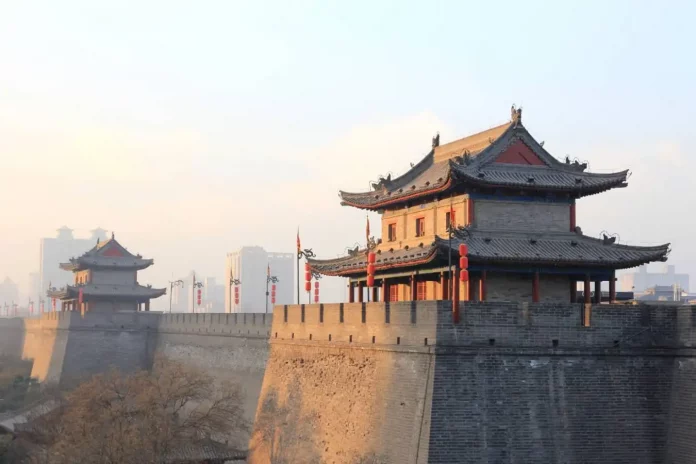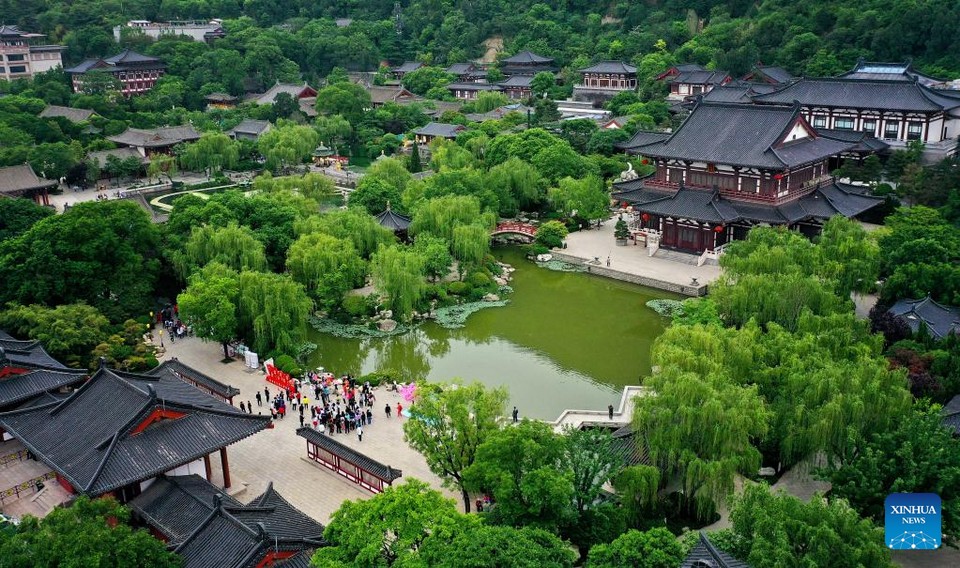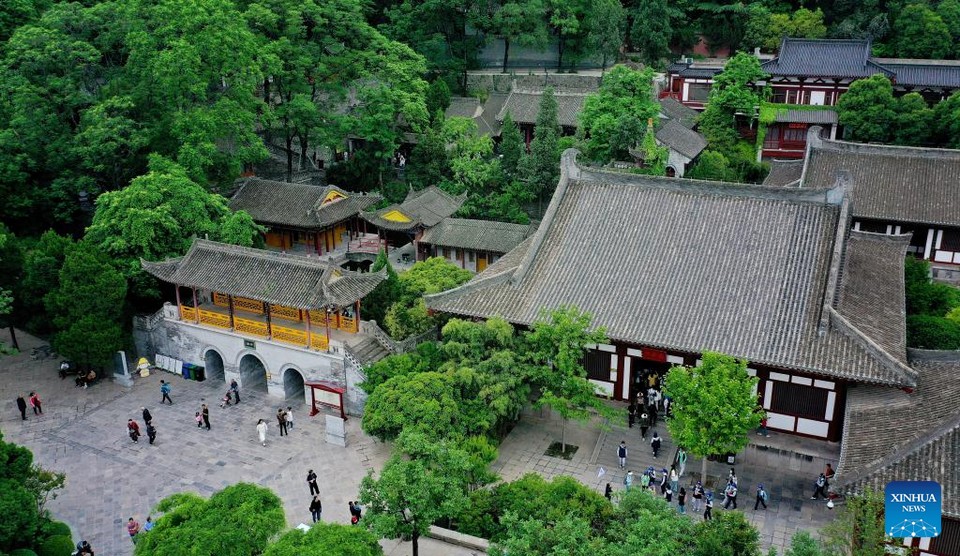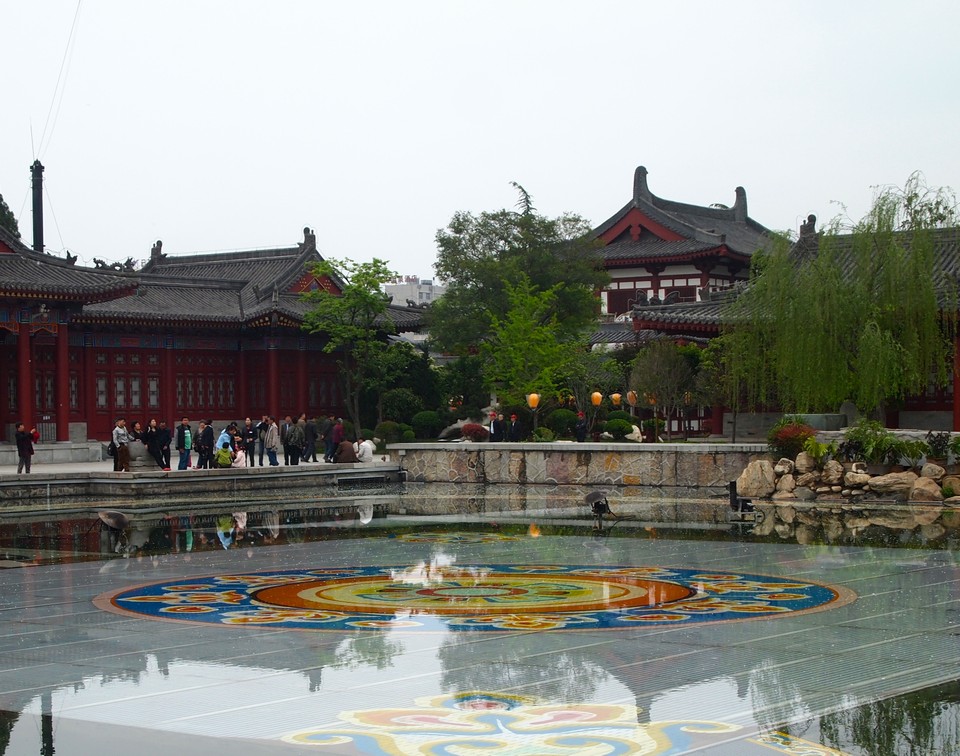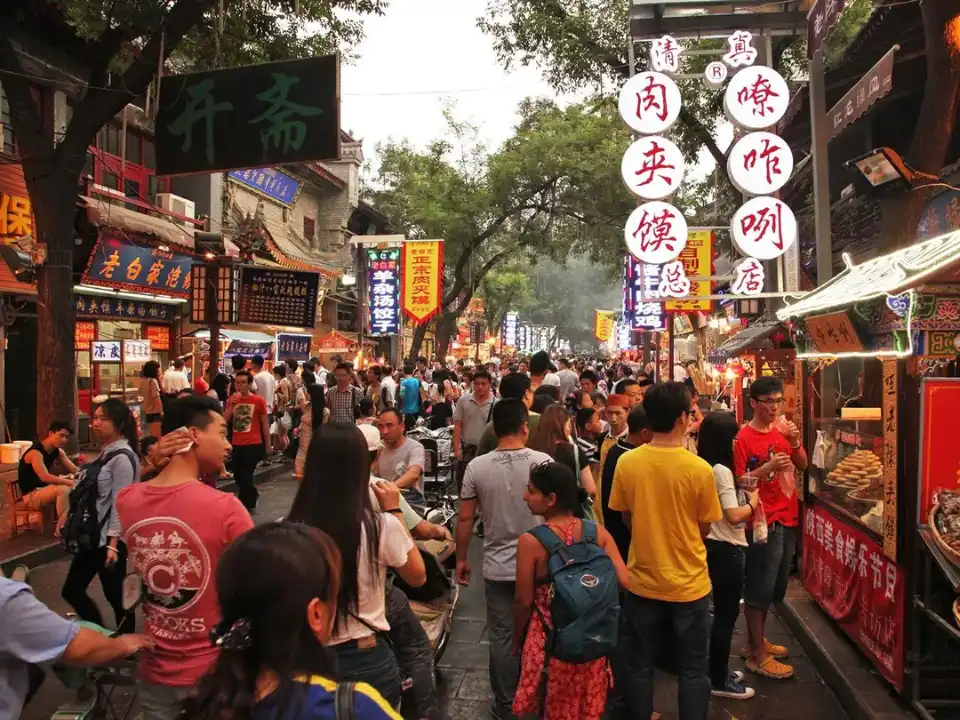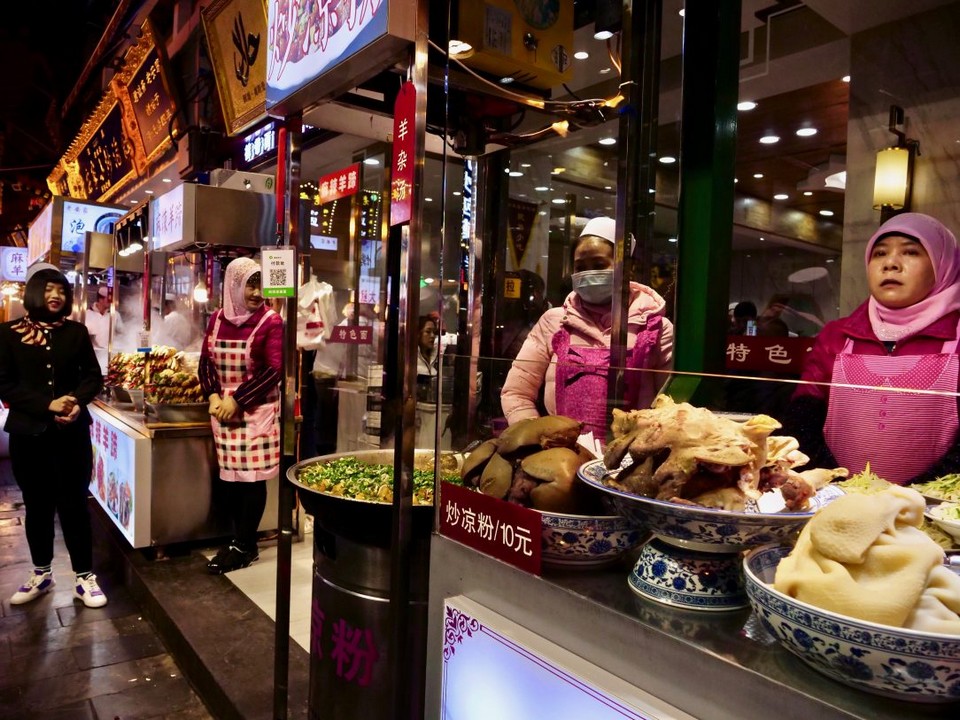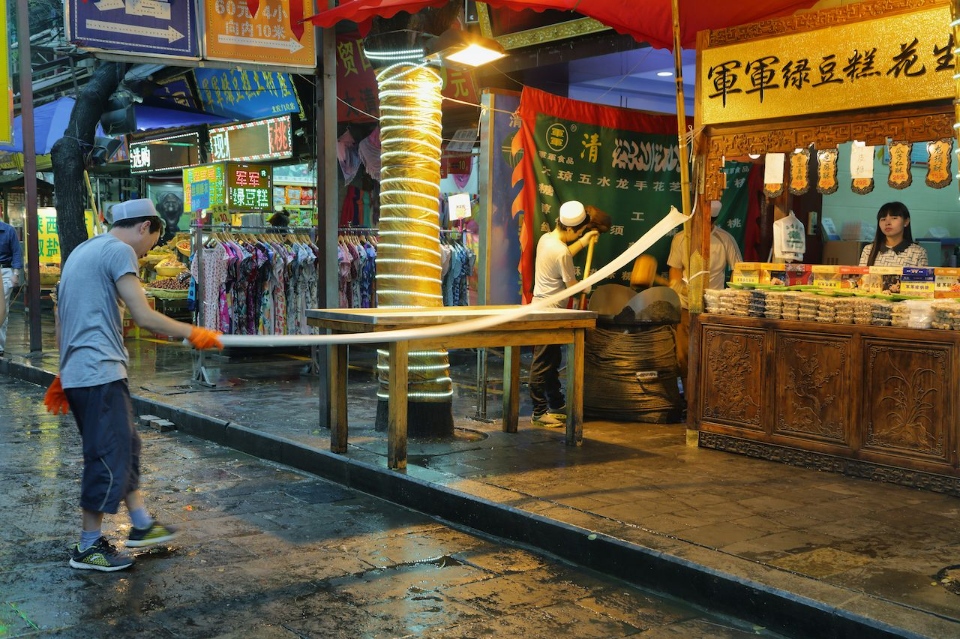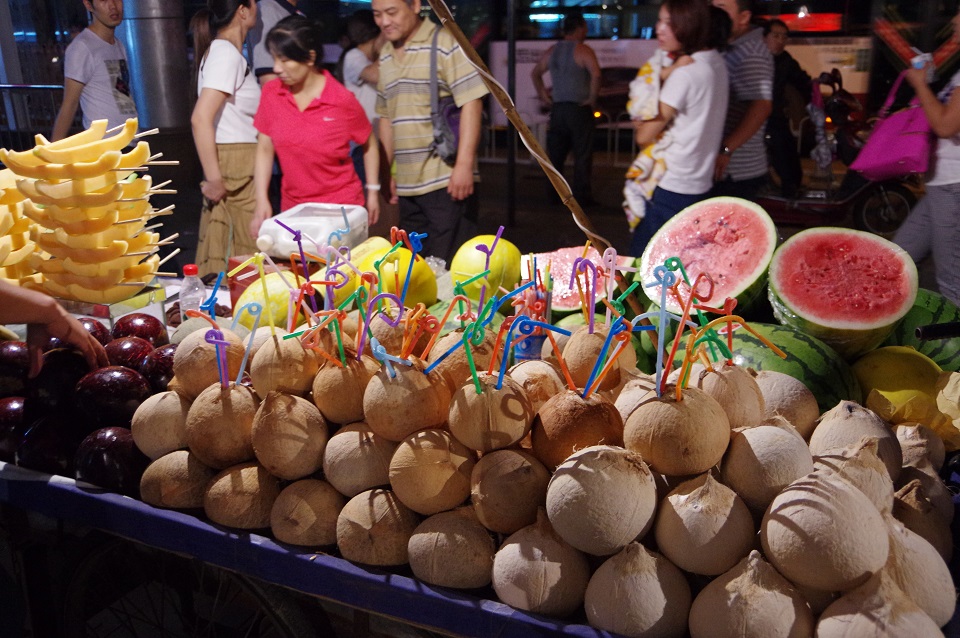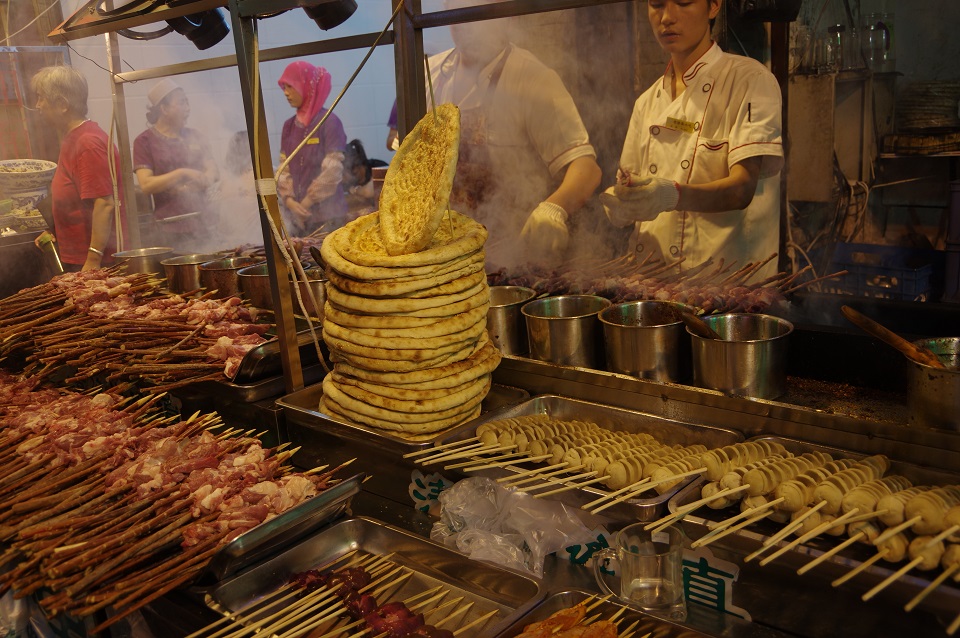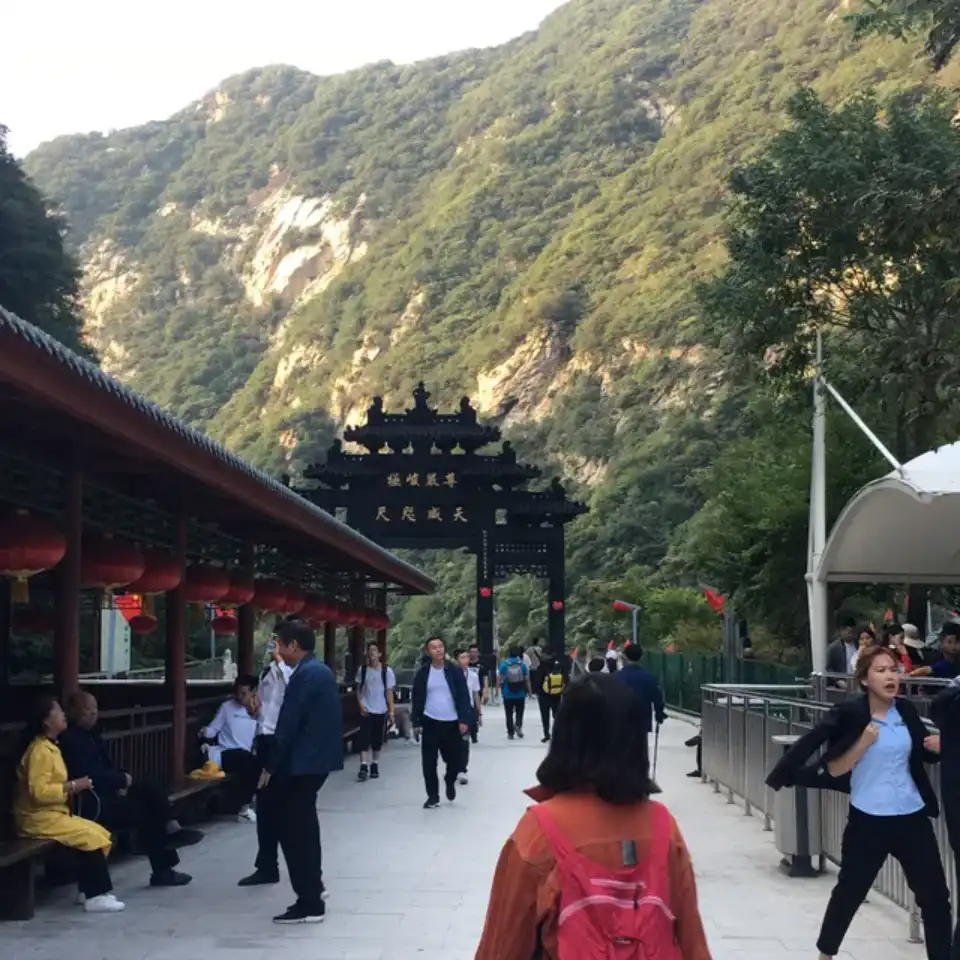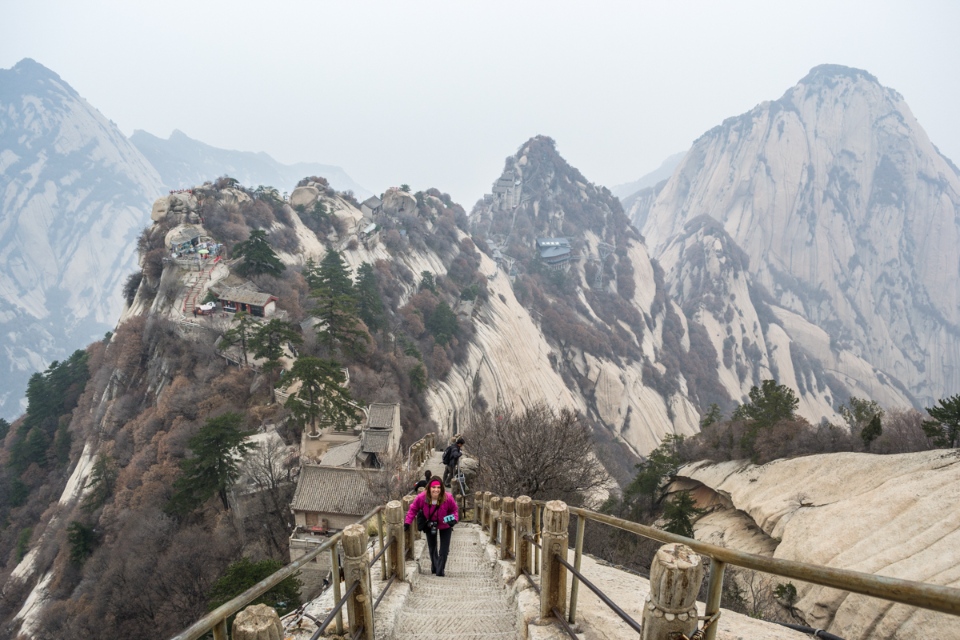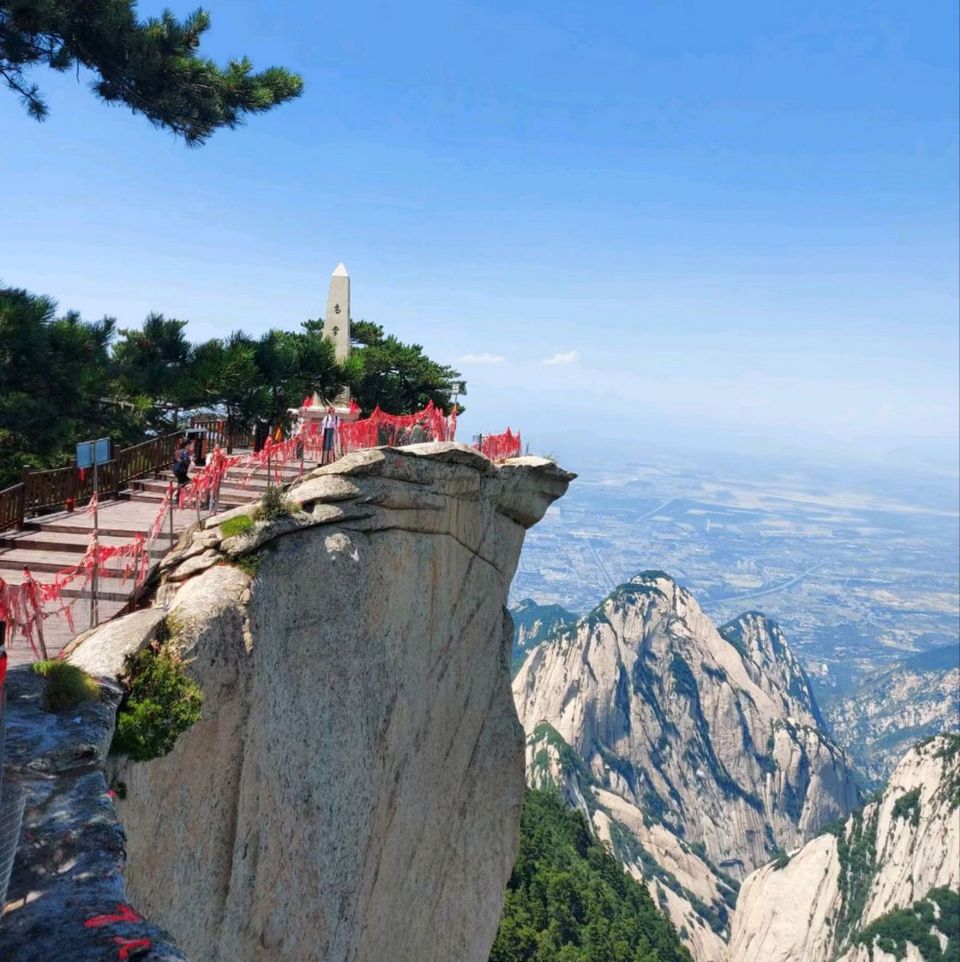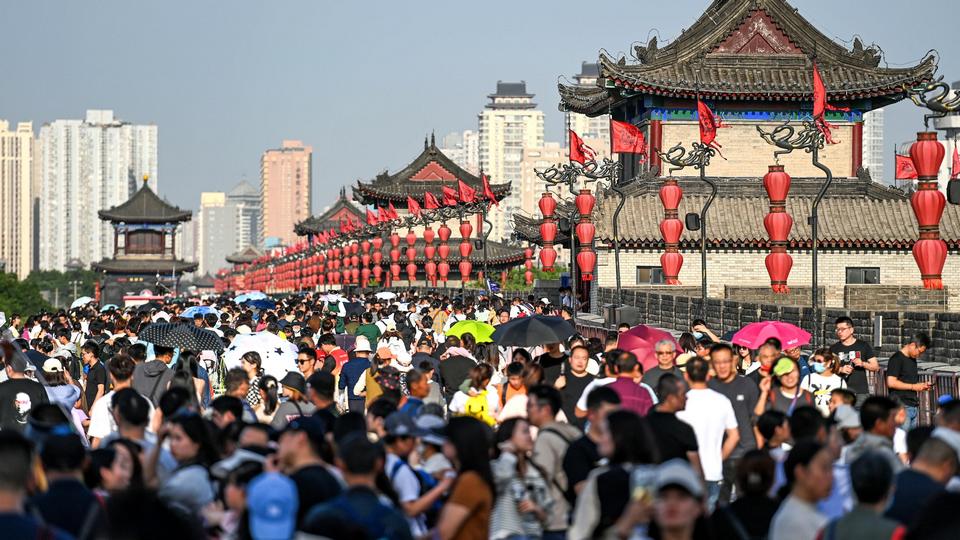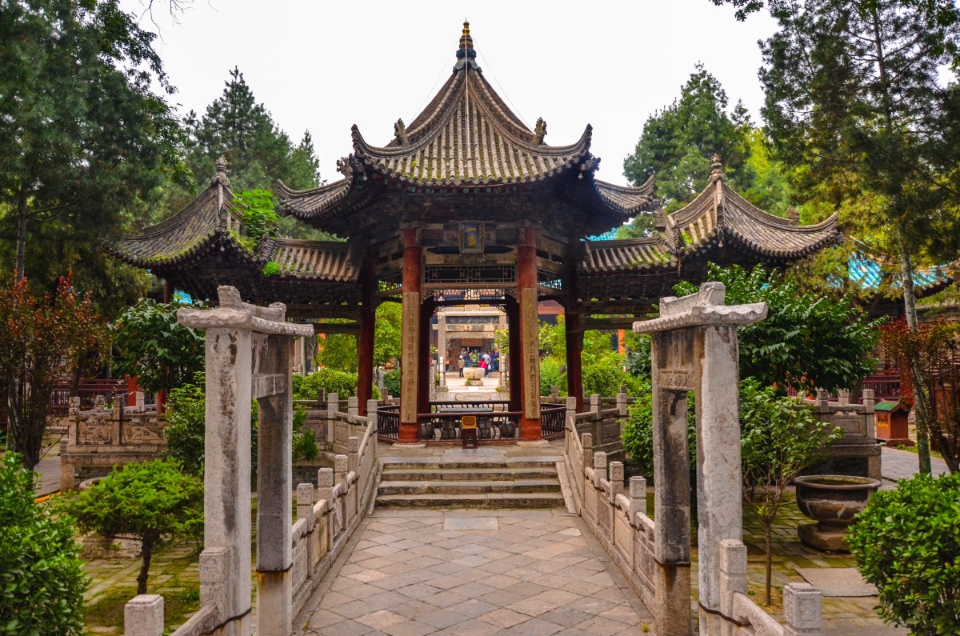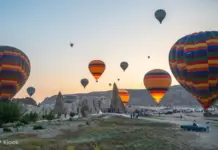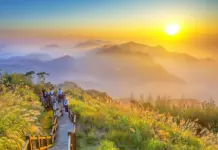Xian is not only an ancient city in China, but also the capital of the Chinese state over several millennia under great emperors of the Zhou, Jin, Han, Sui, and Tang dynasties with a rich history and cultural value. Over 2,000 years ago, Emperor Qin Shi Huang, the first ruler to unify China, built his capital of Xianyang just east of modern-day Xian. So, where to go in Xi’an (where to go in Xian), where to visit in Xian? Let’s check out our suggested 8 best places to visit in Xi’an (best places to visit in Xi’an china, Xian china places to visit), top Xian attractions as follows!
- Guide to Xian nightlife (Xi An China nightlife) — 9+ what to do, where to go & best things to do in Xi An at night
- Xi’an night market — 10 best Xi an night market you should visit
- Xian travel blog (Xi’an blog) — The fullest Xian China travel guide for first-timers
- The ULTIMATE Lijiang travel guide: Top things to do, where to visit, stay, eat & MORE
- The FULLEST guide to Fenghuang Ancient Town: Top things to do, Eat, Tips & MORE


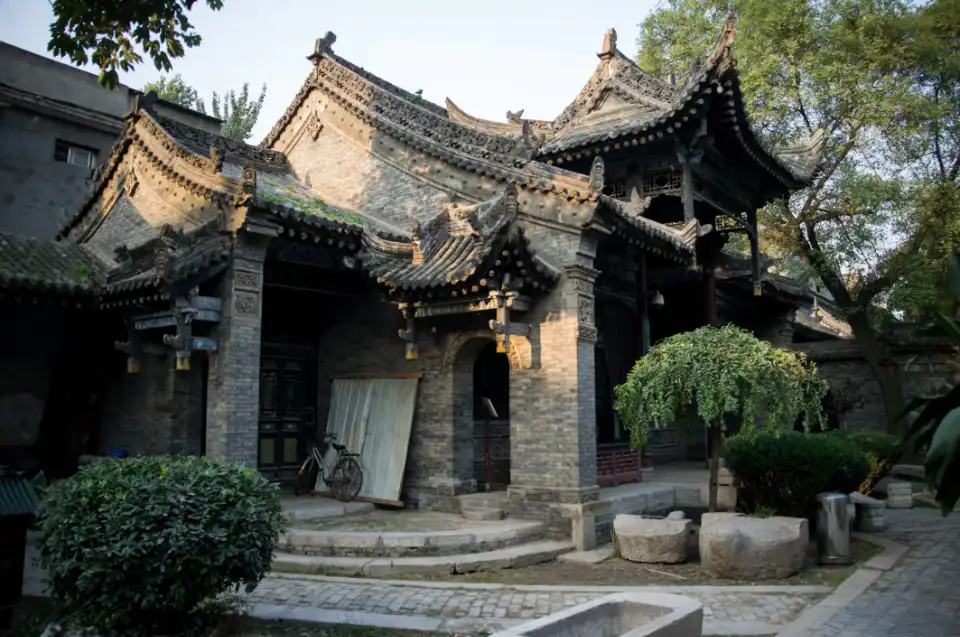
An ancient imperial capital and eastern departure point of the Silk Road, Xian (formerly Changan) has long been an important crossroads for people from throughout China, Central Asia, and the Middle East, and thus a hub of diverse ethnic identities and religious beliefs
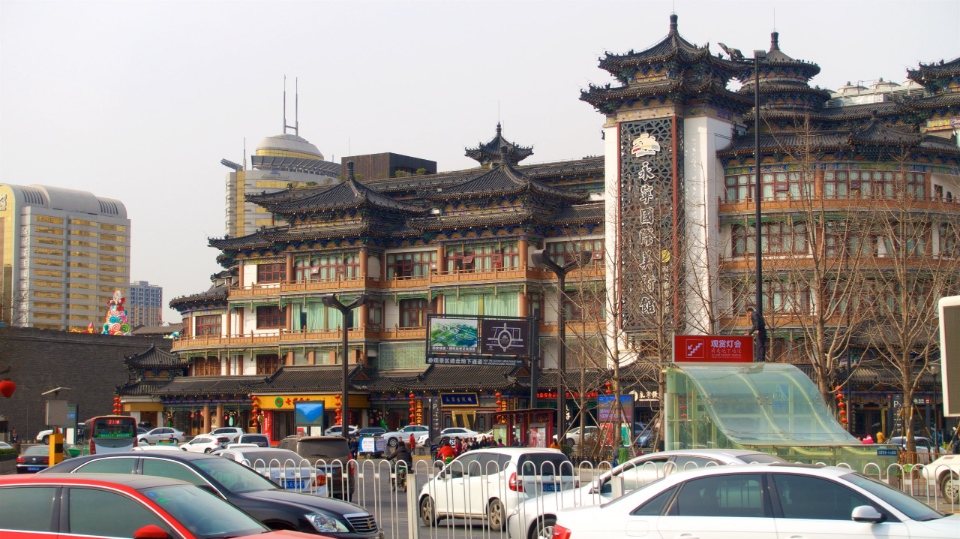
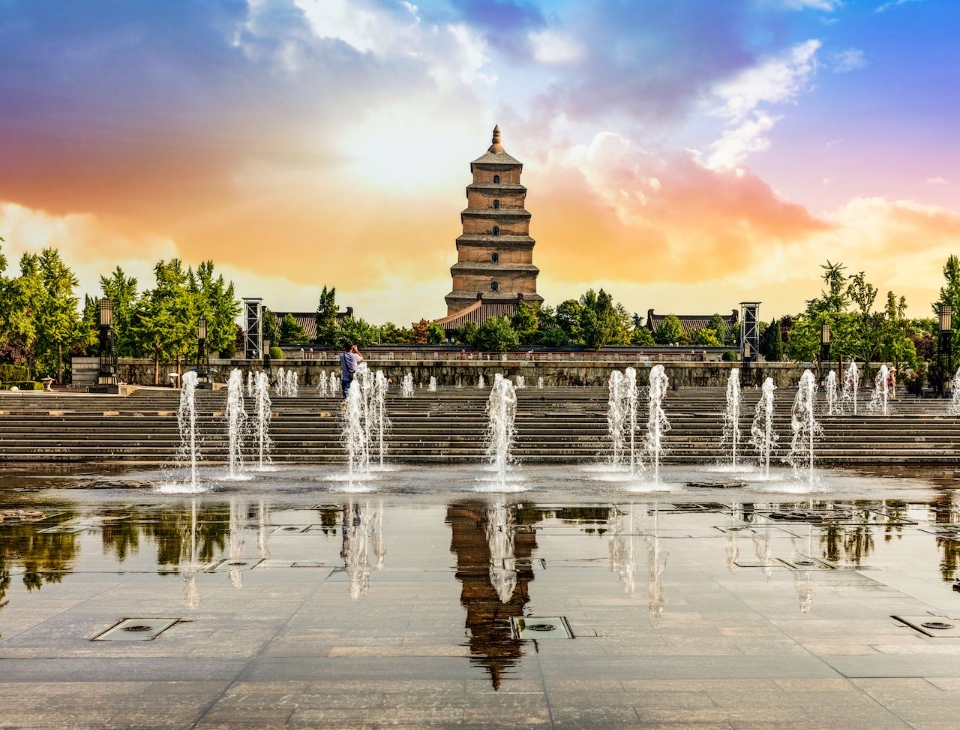
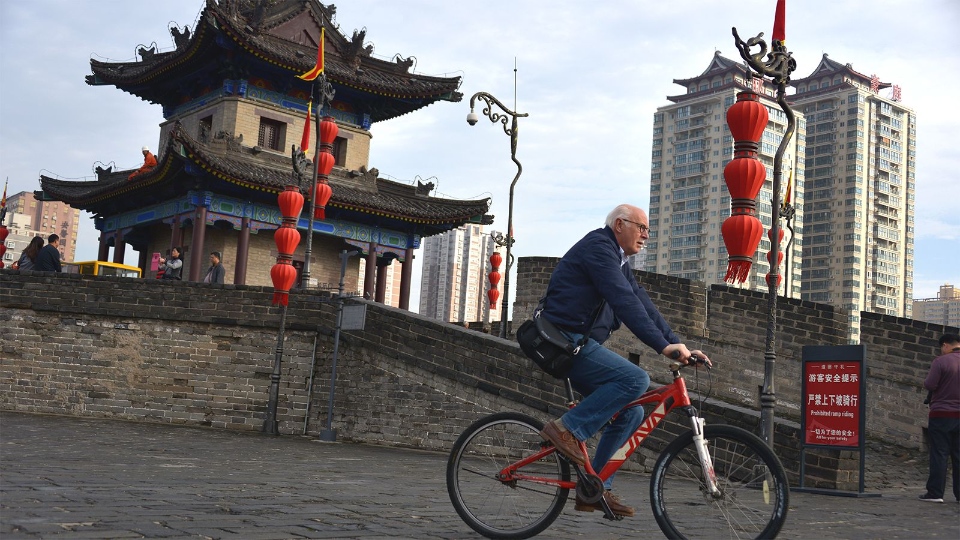
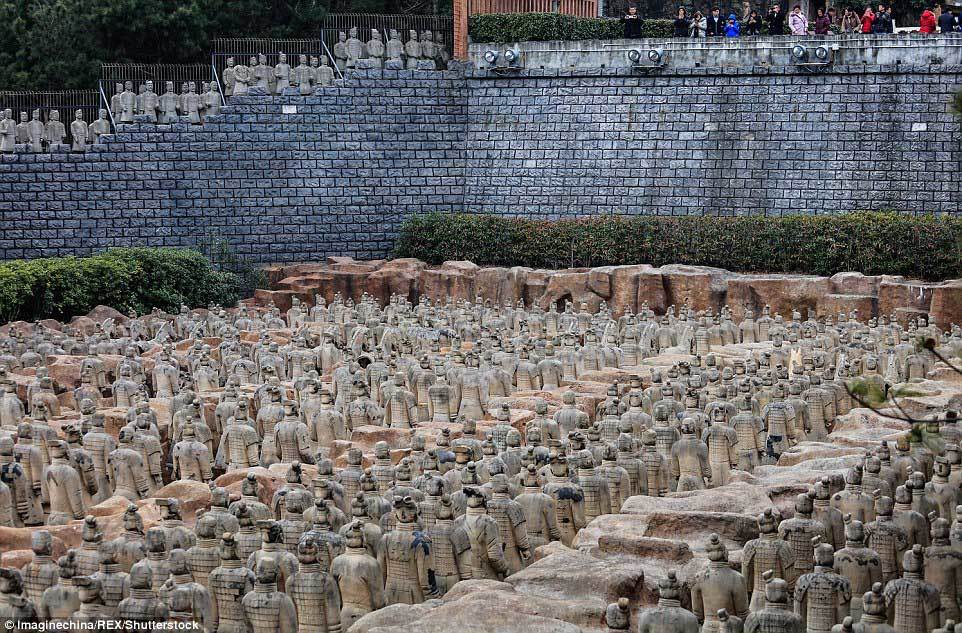
The most famous attraction in Xian is the Terracotta Warriors, which represents Emperor Qin Shi Huang’s imperial guards and is located 1,500 meters from the emperor’s Imperial Tomb.
More than this, there are many interesting places to visit in Xian. Let’s check out and experience how to learn about the long-lasting history of Xian through your trip!
Where to go in Xian: Terracotta Warriors (Terracotta Army)
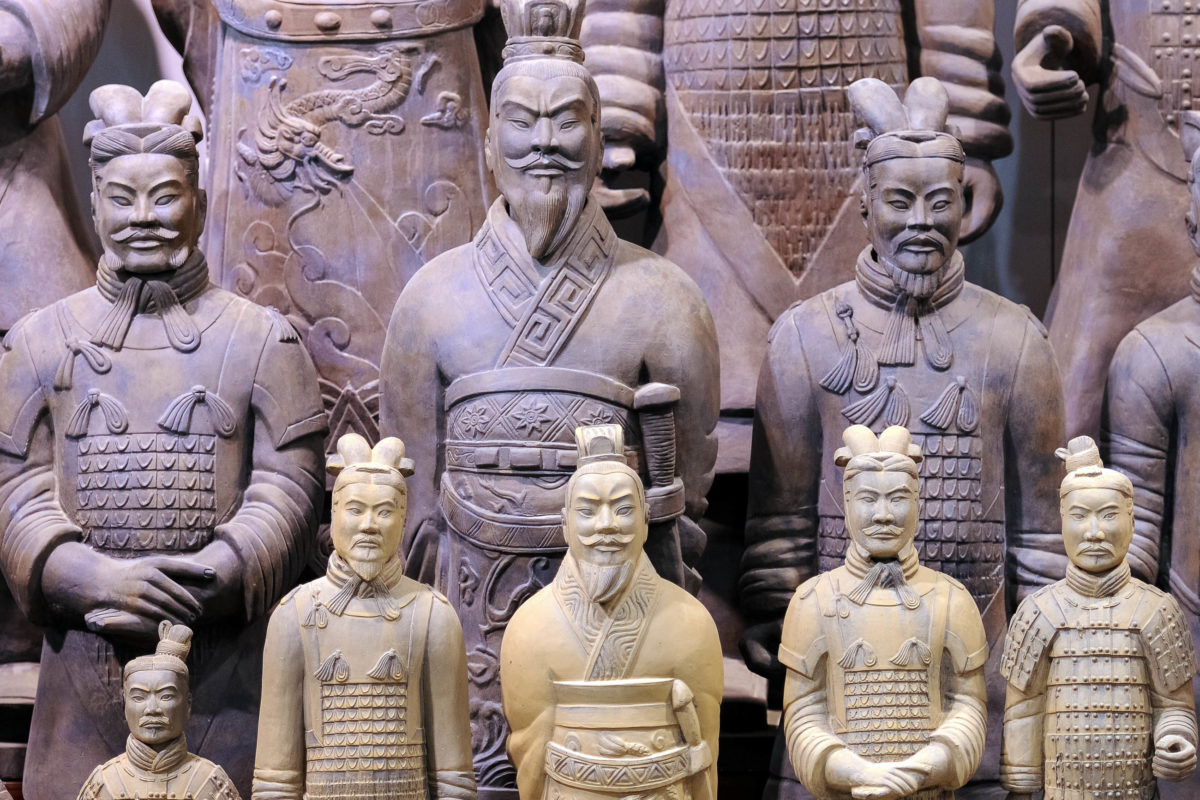
The Terracotta Warriors in Xian are one of the must-visit attractions for all travelers to China. The dramatic exhibition reveals the secrets behind the 2,000-year-old army of clay statues that guarded the tomb of China’s first emperor until a chance discovery in 1974. Shi Huangdi (also known as Shi Huangti) was the king of the Qin state, who unified China from 221 BCE and then founded the Qin dynasty. He ruled as China’s first emperor until he died in 210 BCE. One of the most famous aspects of Qin Shi Huang’s life is his elaborate burial site, known as the Mausoleum of the First Qin Emperor, located in Lintong, Shaanxi Province. This site is most famous for the Terracotta Army, a vast collection of life-size terracotta soldiers, horses, and chariots, intended to protect the emperor in the afterlife.
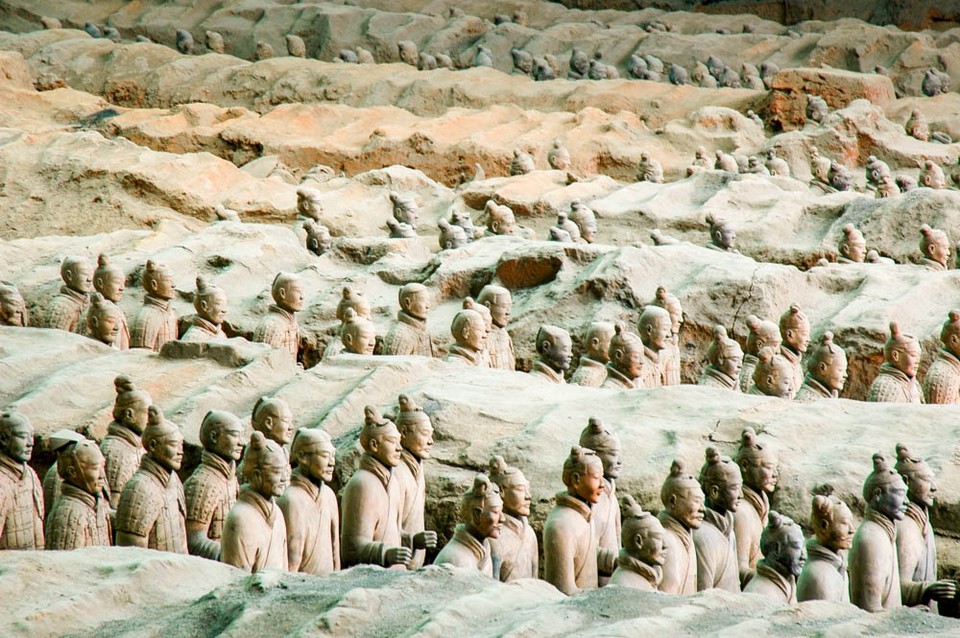
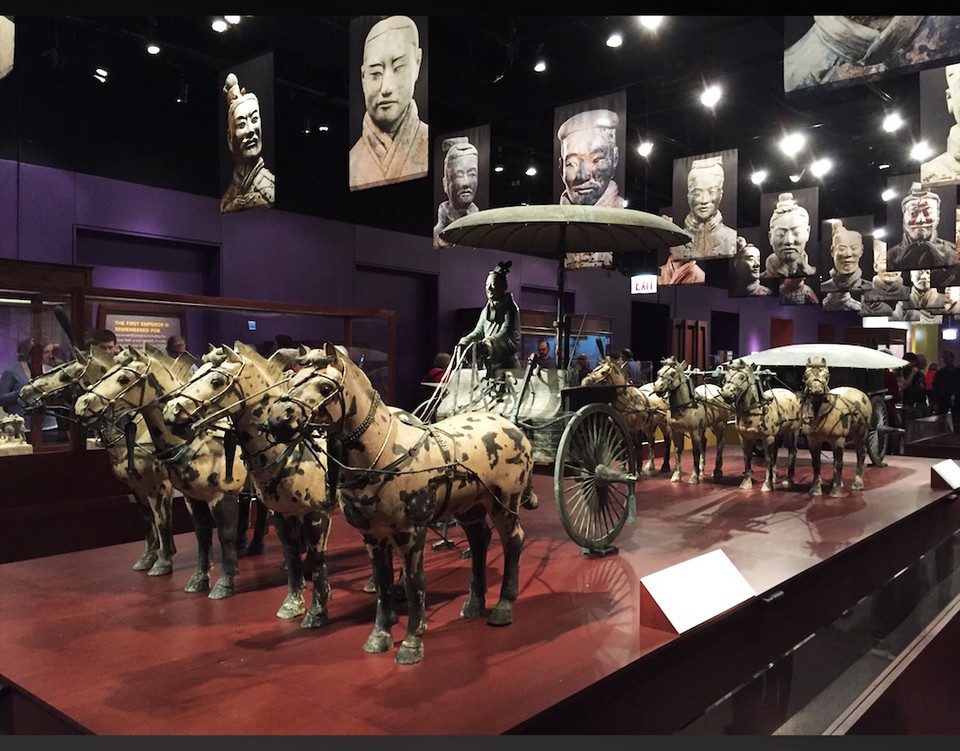

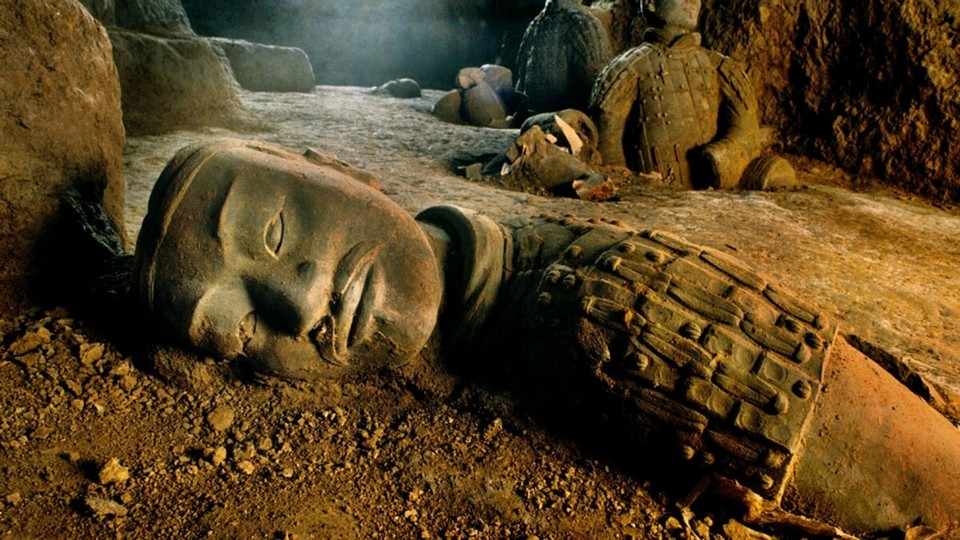
Until now, the size of the crypt has been reduced by half after 2,000 years due to soil and water erosion, but its scale is still quite impressive – 76 meters high and the space is up to 120,000 square meters.
Qin Shi Huang ascended to the throne at the age of 13 and unified the warring states of China, establishing the Qin Dynasty. As a powerful ruler, he had a grand vision of creating an elaborate burial complex that would accompany him into the afterlife. This complex included the famous Terracotta Army. This action contradicts the Confucian notion that a son should show respect for his father by building the grandest possible memorial and that a man should never ascend the throne. Plan your funeral rites. The entire Terracotta Army took around 40 years to finish and was built by more than 700,000 laborers.
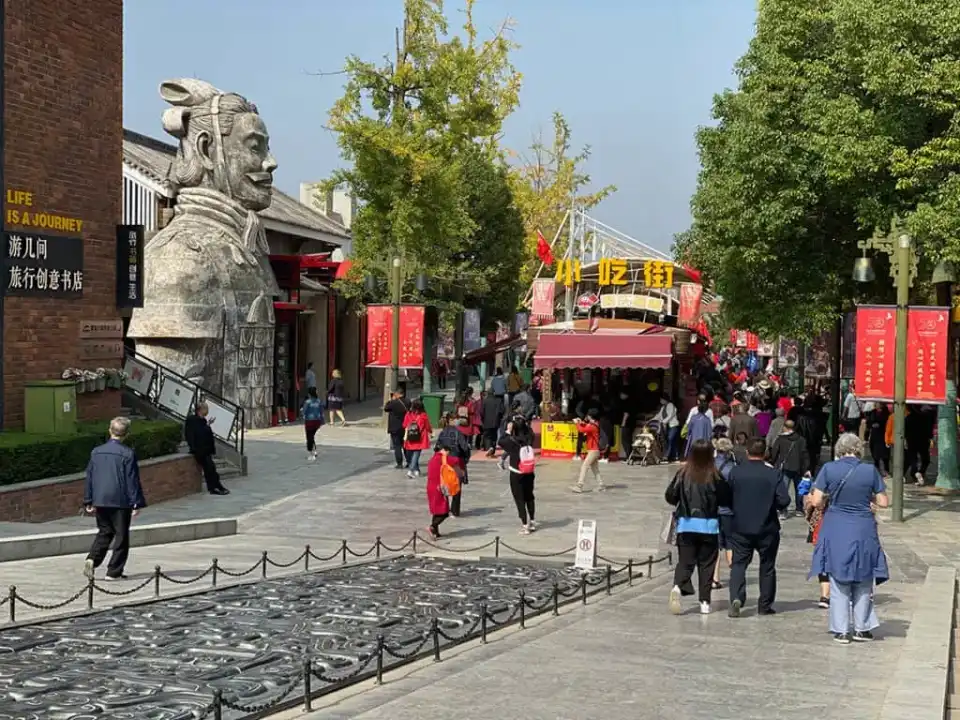
On March 29, 1974, the first in an extensive collection of terra-cotta warriors was discovered in Xian, China. Local farmers came across pieces of clay figures, and these shards led to the discovery of an ancient tomb, vast in size, and several artifacts. The excavation and archeology process took place from 1976 to 1978. On October 1, 1979, the Terracotta Warriors and Horses Museum in the tomb of Emperor Qin Shi Huang began exhibiting for visitors from both domestic and foreign countries.
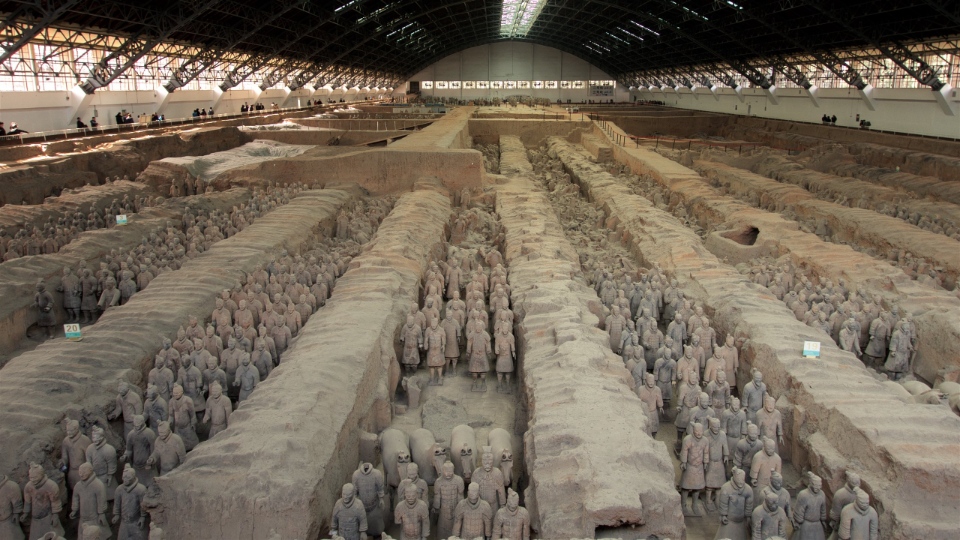
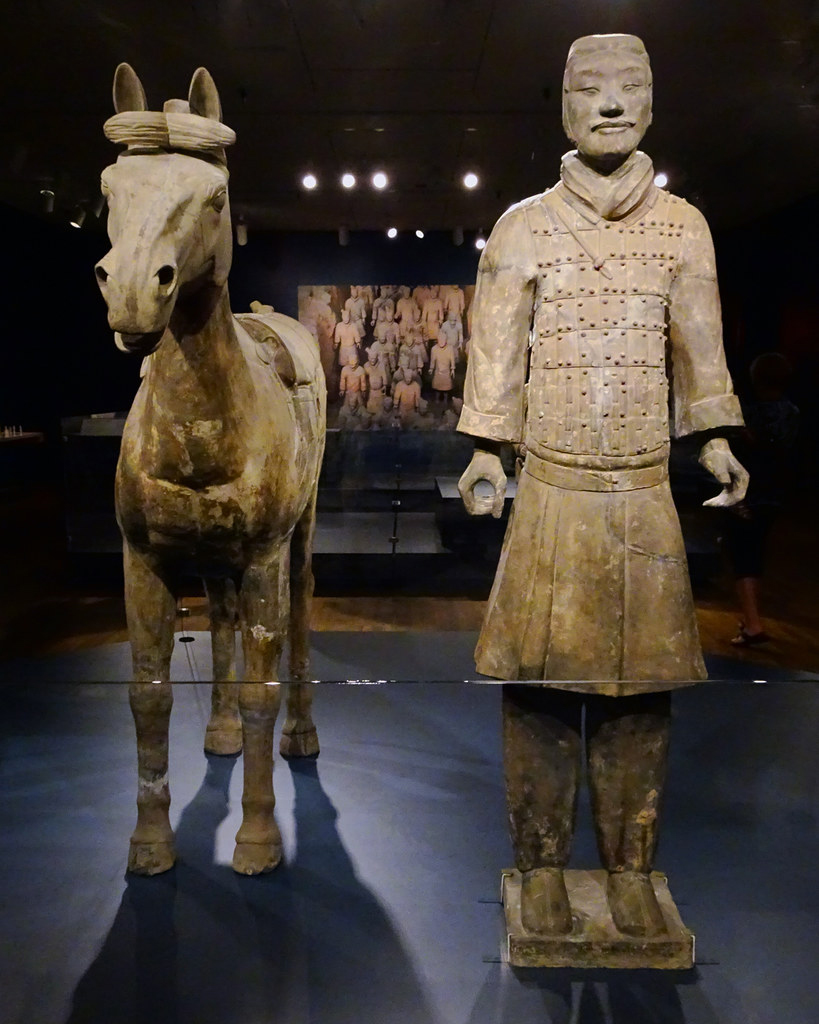

The museum covers an area of 16,300 square meters, divided into three sections: Pit 1, Pit 2, and Pit 3 respectively. They were tagged in the order of their discoveries. Pit 1 is the largest and has had the most restoration done. Pit 1 features infantry regiments and chariots. It has five inclining approaches in the east and west ends and is partitioned by ten compacted-earth walls. Pit 2 contains more than one thousand warriors which are the backbone of the whole underground army. It features a mixed force consisting of infantry, cavalries, and chariots. The arrangement of the troop is permeated with great pomp. The pit is now still under excavation, and it is estimated that the pit has over 1,300 pieces of warriors and horses, more than 80 chariots, and tens of thousands of weapons. Pit 3 is the command post of the underground terrace cotta army. It is the smallest pit of the three pits.
Where to visit in Xian: Big Wild Goose Pagoda
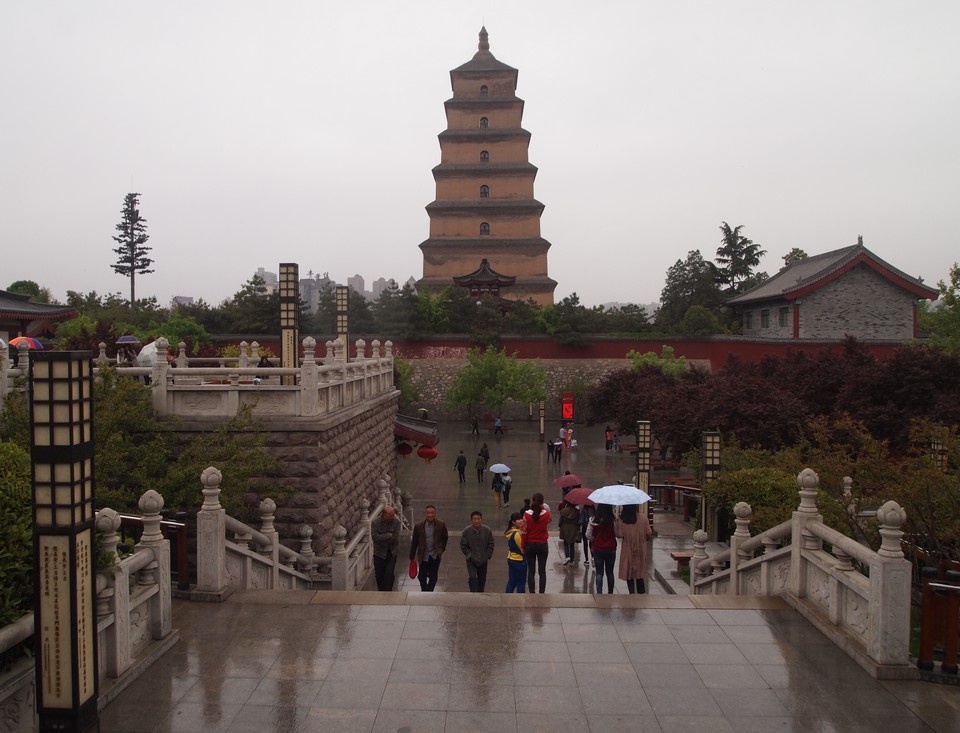
The Big Wild Goose Pagoda or Giant Wild Goose Pagoda is a well-preserved holy place for Buddhists with a history of over 1300 years. Big Wild Goose Pagoda, understood as “big wild goose”, is a landmark pagoda of Xi’an and an extremely important national cultural relic. The pagoda was built in 652 during the Tang Dynasty and originally had five stories, although the structure was rebuilt in 704 during the reign of Empress Wu Zetian, and its exterior brick facade was renovated during the Ming Dynasty.

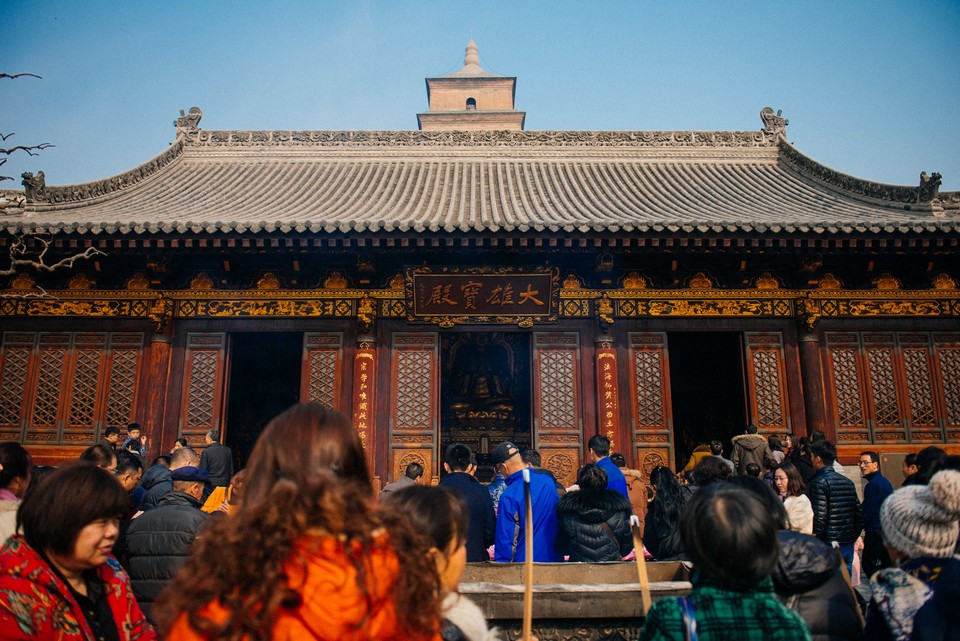

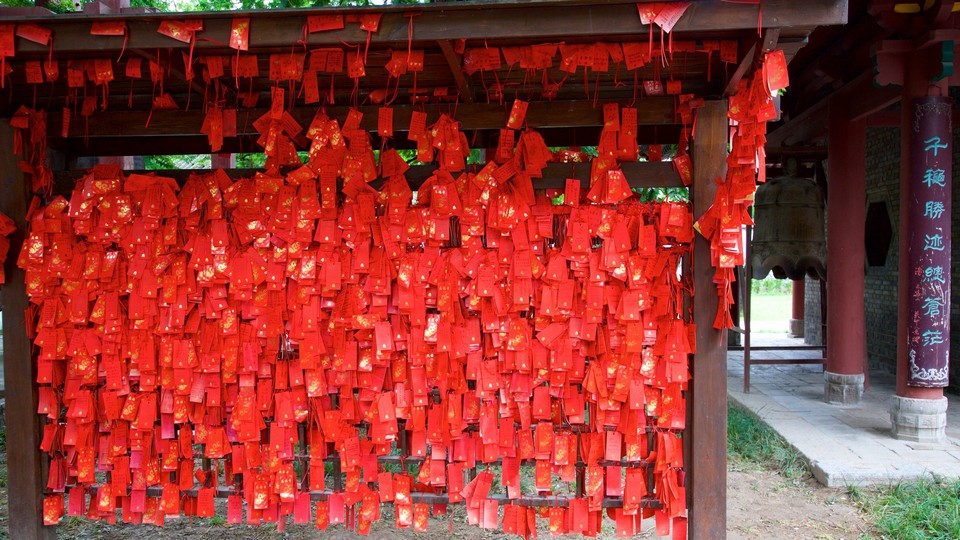

Xuanzang, the eminent monk of the Tang Dynasty, used to study in India from 629 to 645. He saw this kind of pagoda in India. When he was back home, for storing Buddhist text and figures of Buddha, he built a pagoda in Cien Temple imitating the structure of pagoda in India, and named it Goose Pagoda. One of the pagoda’s many functions was to hold sutras and figurines of the Buddha that were brought to China from India by the Buddhist translator and traveler Monk Xuanzang.
Xian China places to visit: Xian Ancient City Wall
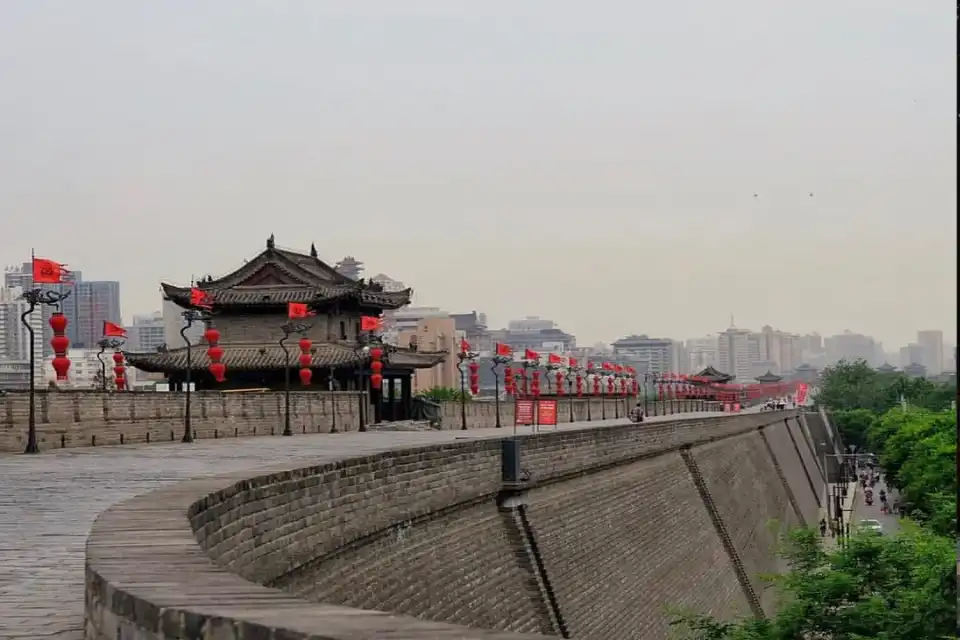
The ancient city wall will be the first destination for tourists who come to Xian. Xian City Wall, also known as the Fortifications of Xian, is the most complete city wall that has survived in China, as well as being one of the largest ancient military defensive systems in the world. The first city wall of Changan was begun in 194 BC. The existing wall was started during the Ming Dynasty in 1370. While the wall was being built, the south and west walls were constructed on the base of the wall of the Tang Dynasty.
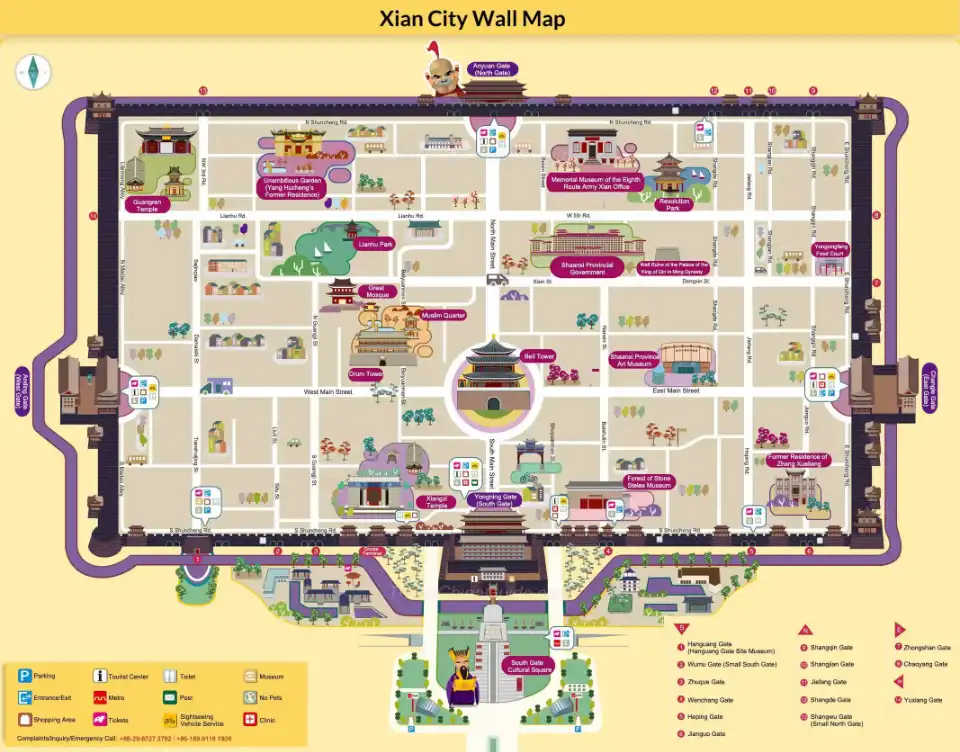
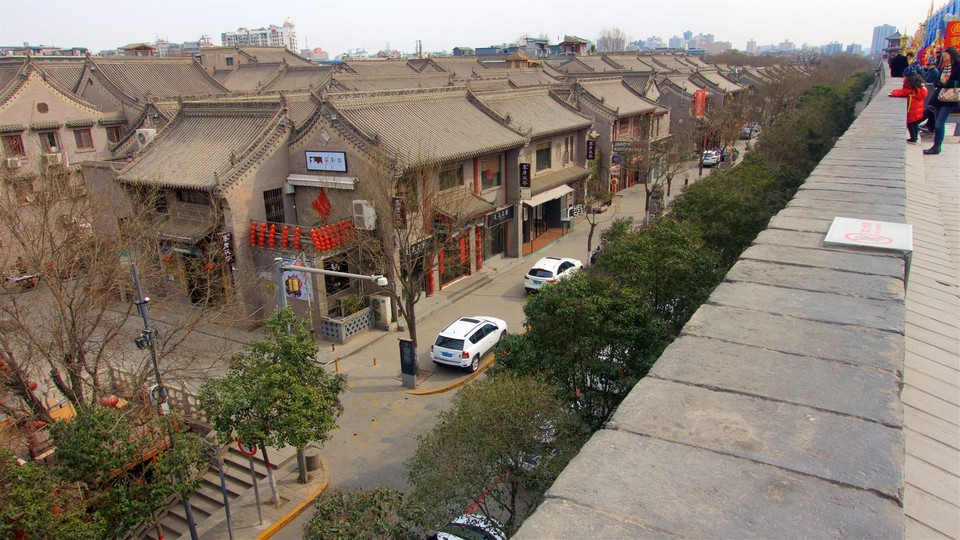
The size of this structure is massive, measuring 13.7km in circumference, 12m in height, and 15–18m in thickness at the base. There is an enemy tower every 120 meters standing out of the wall, as high as the city wall, which is used for shooting enemies. There are 98 enemy towers around the city wall. Out of the wall, there is a city moat, which is 20m wide and 10m deep, forming a complete defense system with the city wall.
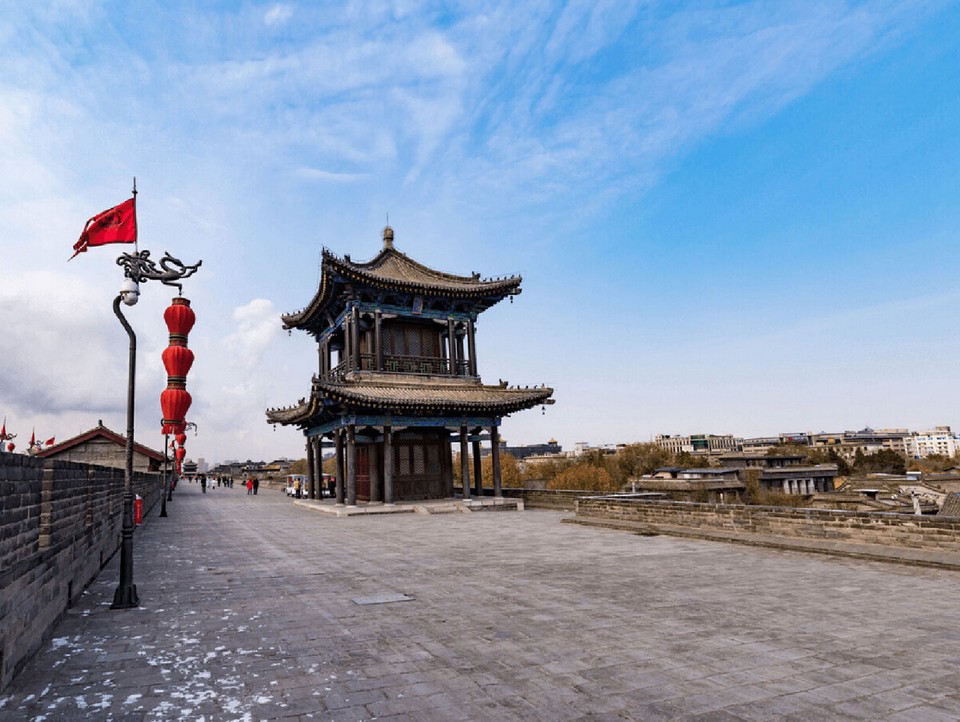

Xian Ancient City Wall has four gates in the south, north, east, and west, four directions including Changle Gate, Anding Gate, Yongning Gate, and Anyuan Gate. Outside each gate, there is a barbican. Each gate has three buildings including the gate, the embrasured watchtower, and the inner building. The inner building is 7-room wide, and 2-room deep, 36m high, while the embrasure watchtower is 11-room wide, and 2-room deep, with a height of 33.4m. The embrasure watchtower has 4 layers of windows, and each window has 12 holes.
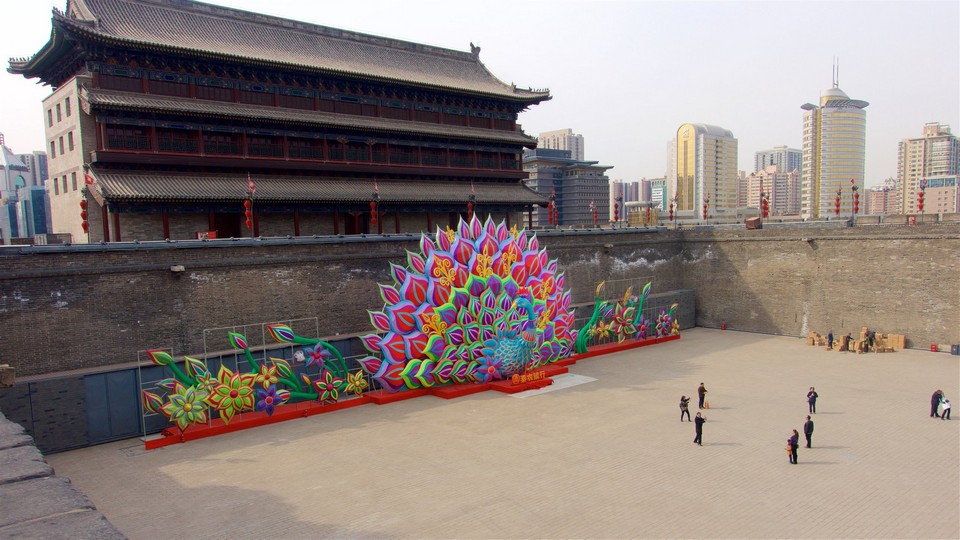
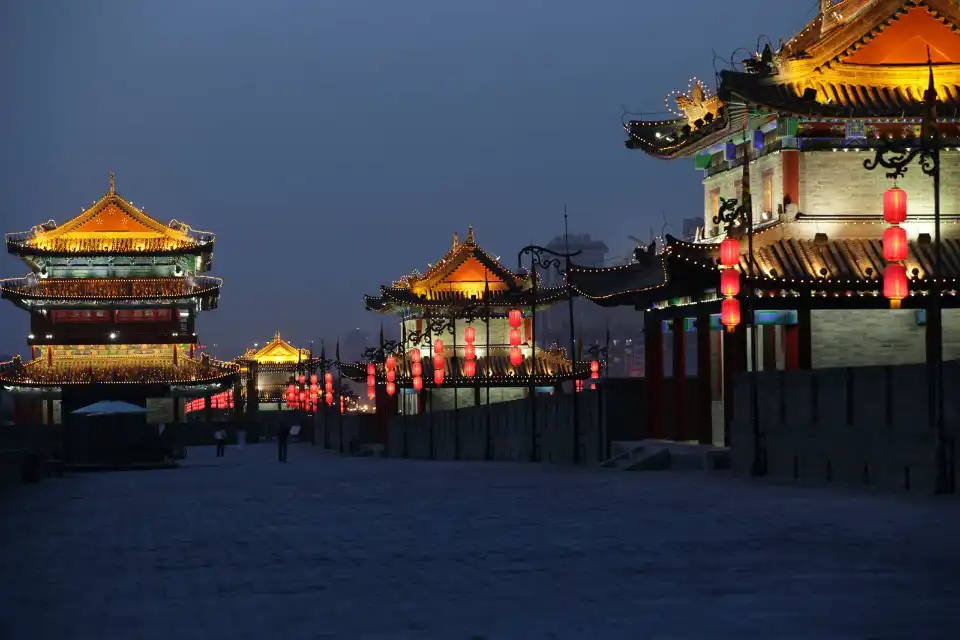
Xian City Wall International Marathon is held on the first Sunday of November each year. It has been a kind of special tourism product in recent years. The competition has attracted a total of more than 4,000 foreign athletes from over 50 countries to participate in the competition since 1993. Today, the tournament has been named by the State Sports General Administration and the National Tourism Administration as a national sports tourism gold project with a certain amount of international influence.
Best places to visit in Xi An: Shaanxi History Museum
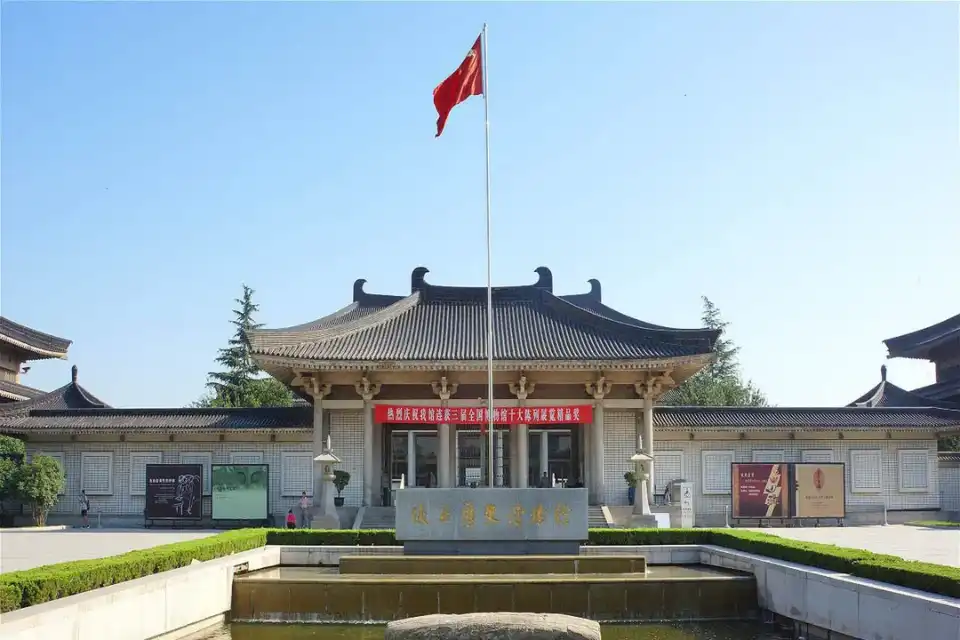
Located in Xian City to the northwest of the Big Goose Pagoda, the Shaanxi History Museum is an interesting destination for tourists. The museum has an area of 65,000 m2, a building place of 55,600 m2, cultural relics storerooms of 8,000 m2, and exhibition halls of 11,000 m2. The museum exhibit consists of 113,000 artifacts unearthed in the province and chronologically arranged in three exhibition halls. Constructed in 1983, this history museum was completed in 1991 and has been opened to the public. Taking a Tang style architectural art, the Shaanxi History Museum conveys the idea that “hall in the center, storied buildings in corners”.
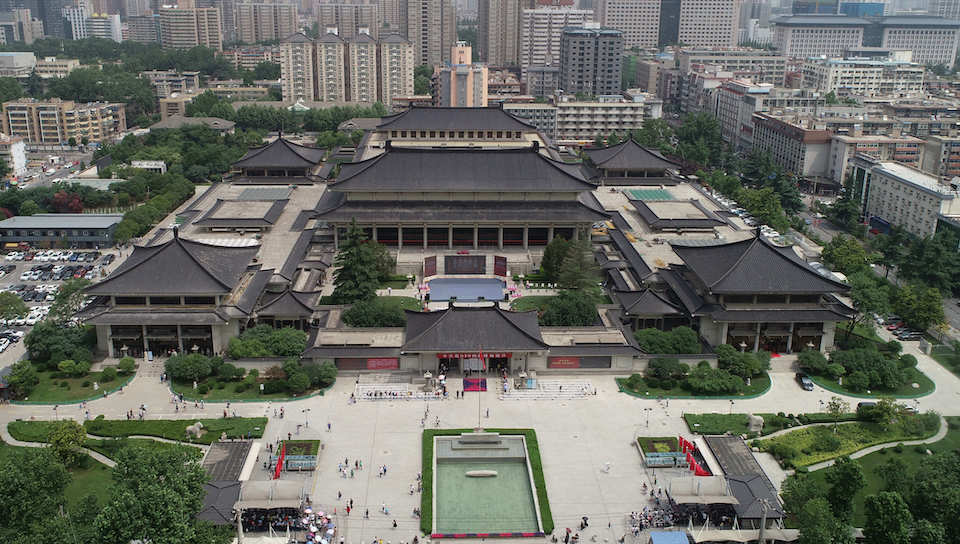
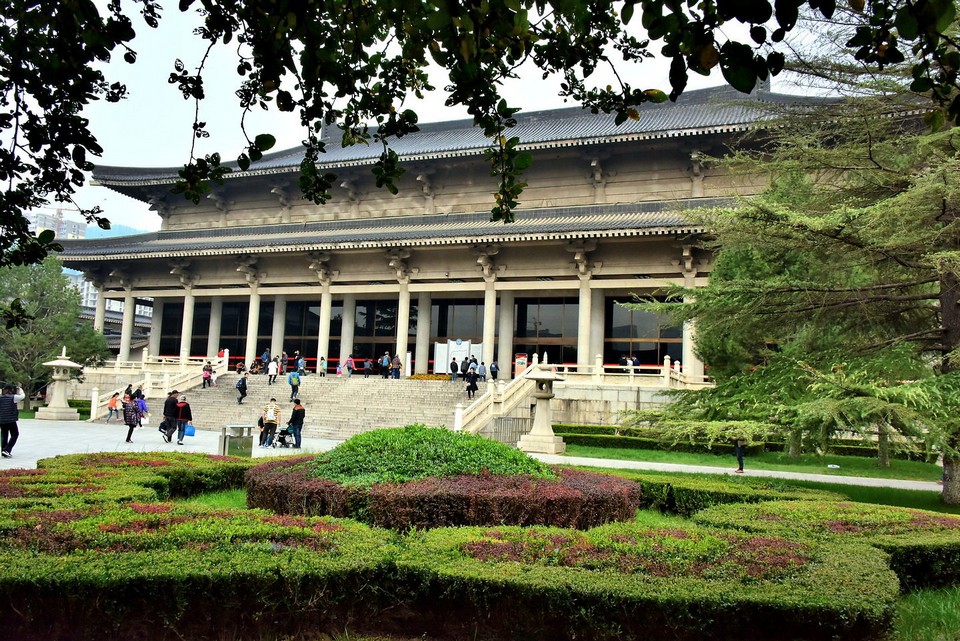
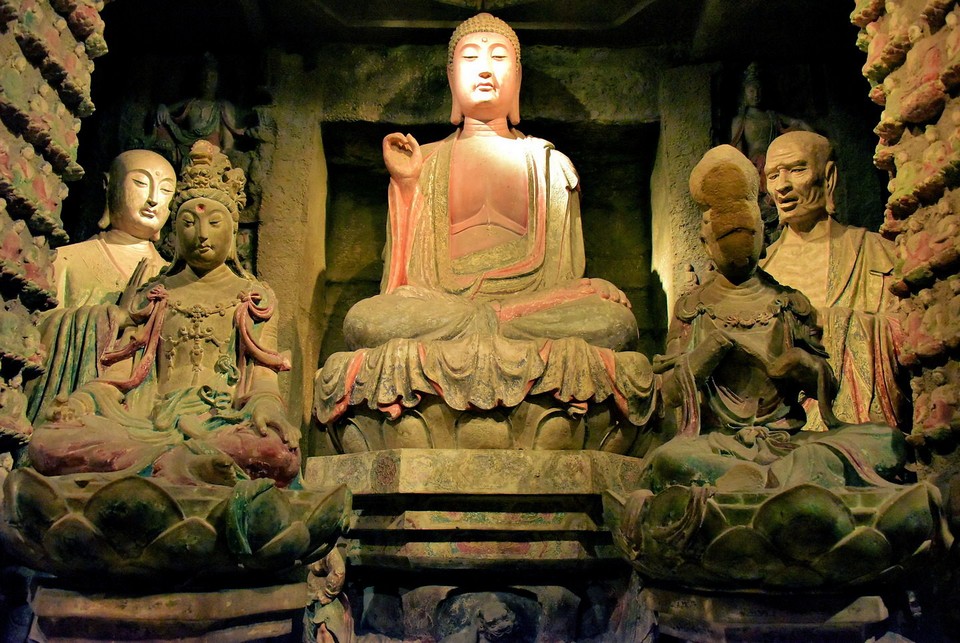
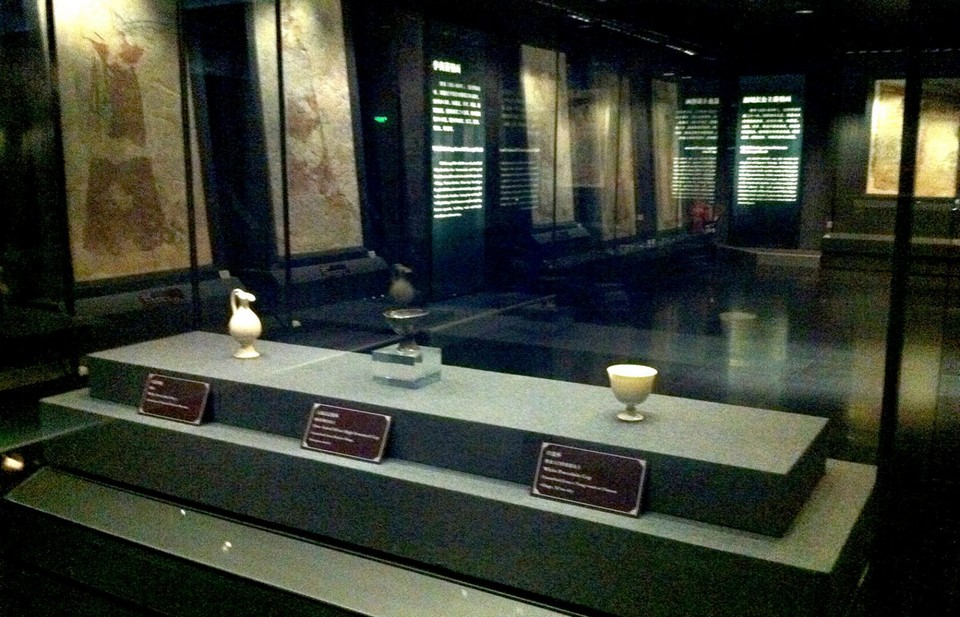
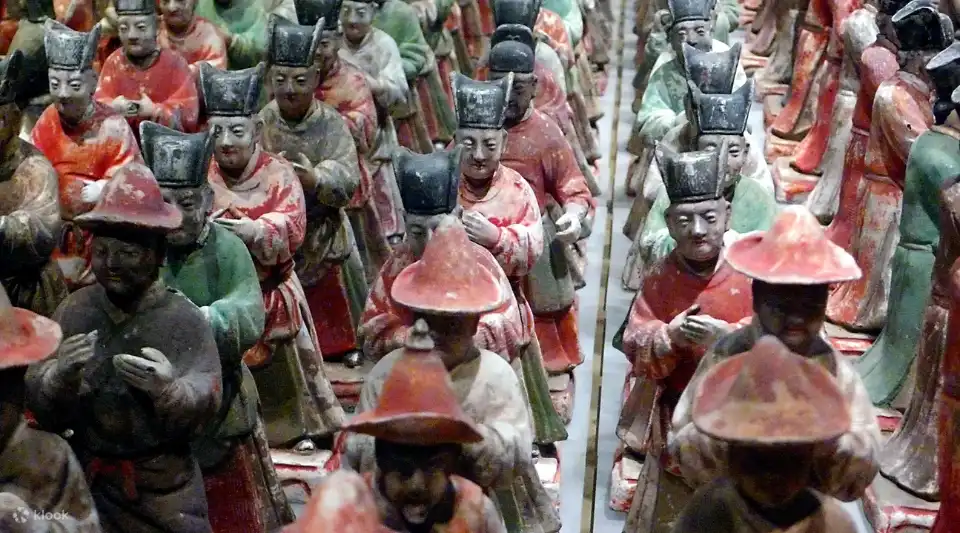
It is an elegant building that mixes traditional and modern technology harmoniously with chronological exhibitions taking you through the Han, Wei, Jin, North and South, Sui, Tang, Song, Yuan, Ming, and Qing dynasties. It is an ideal place to learn about the origins and development of ancient Chinese history.
Best places to visit in Xi’an China: Bell tower

626-year-old Xian Bell Tower, one of the top ten attractions in Xian, is the largest and best-preserved of its kind in China. It is used to tell people that time has the same function as the Drum Tower, bell-ring means morning is coming and drumbeat means the night is falling in the ancient time. This is the largest bell tower in structure and shape and the best preserved in China.
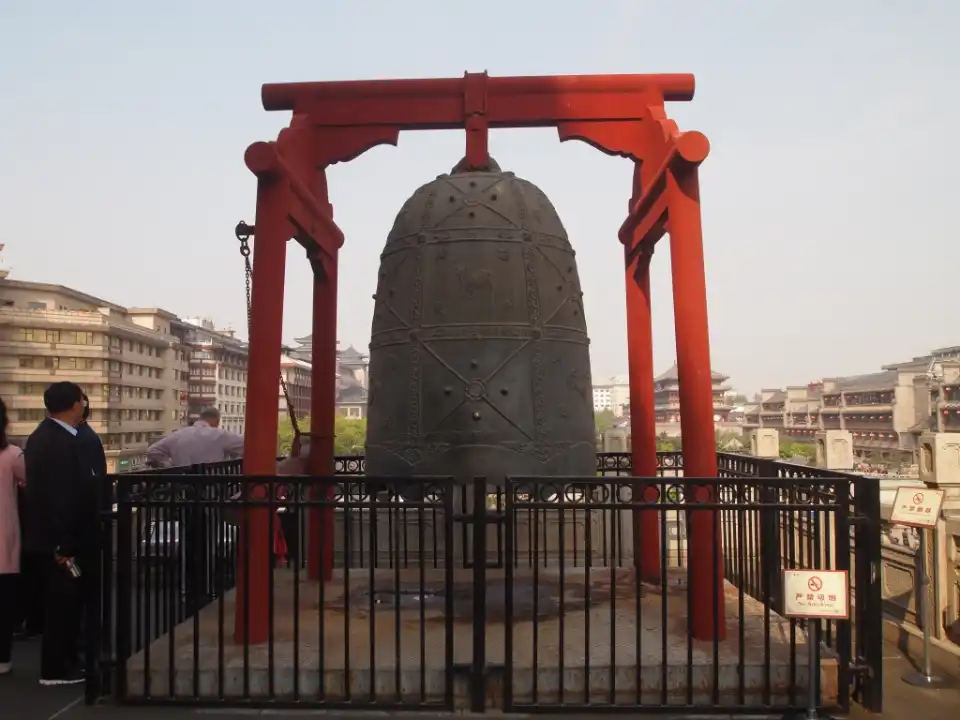
Constructed in 1384 at the beginning of the Ming Dynasty, the 36-meter tall (118 feet) Xian Bell Tower is 35.5m (116 feet) long at each side and is crowned by three-layer eaves and an area of up to 1,377 m2. Some of the bells here were cast in large bronze from the Tang Dynasty. The main bell tower is a unique structure built of brick and wood, decorated with dark blue glazed tiles, blue and green paintings, and gold touches.
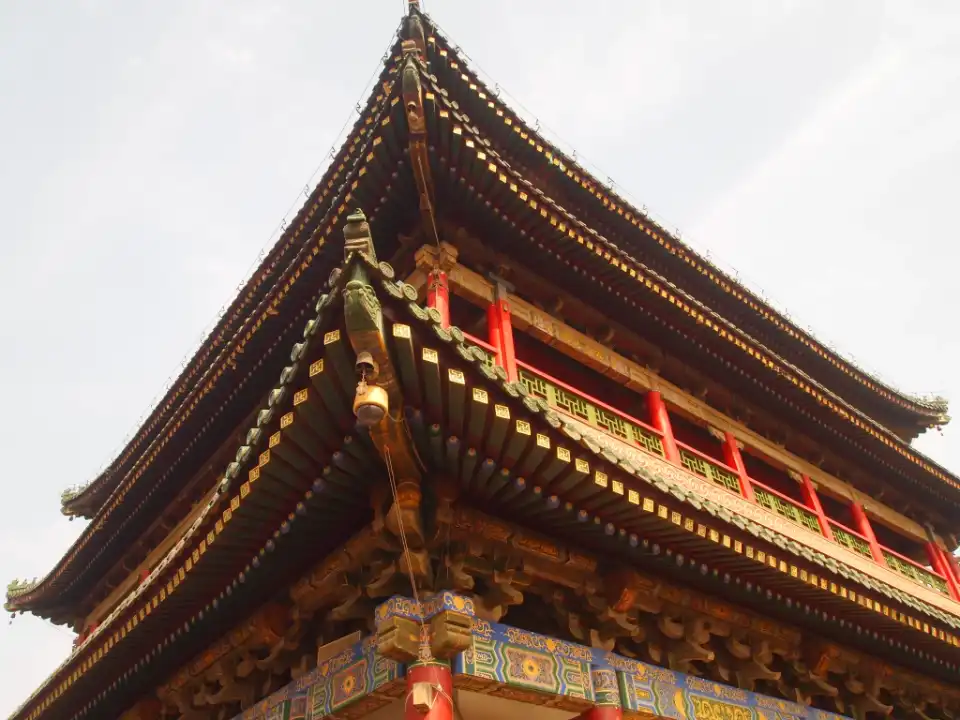
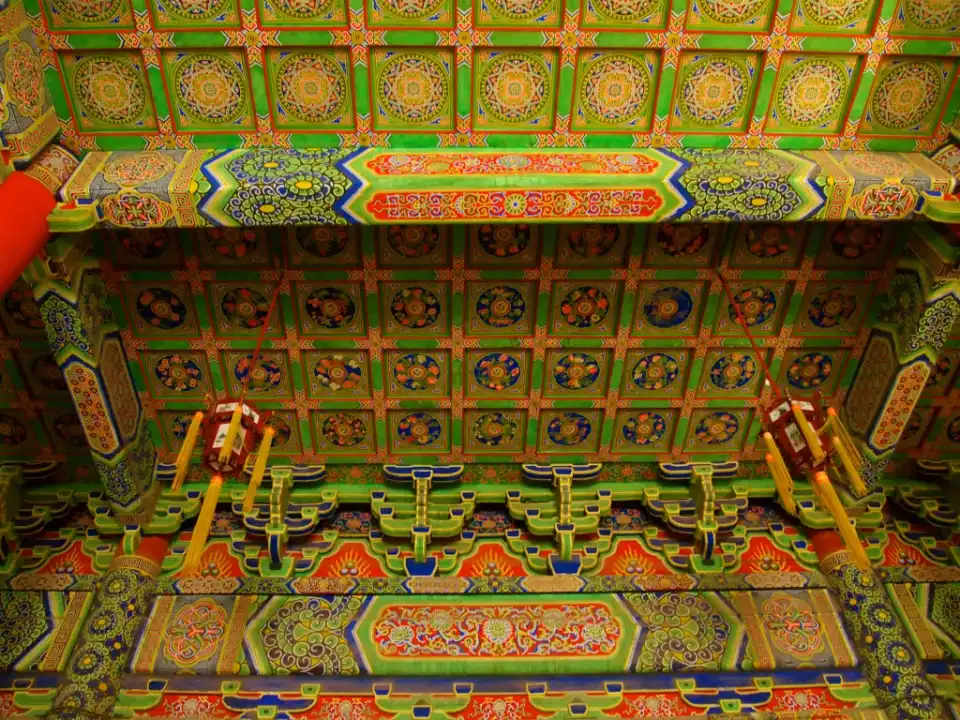
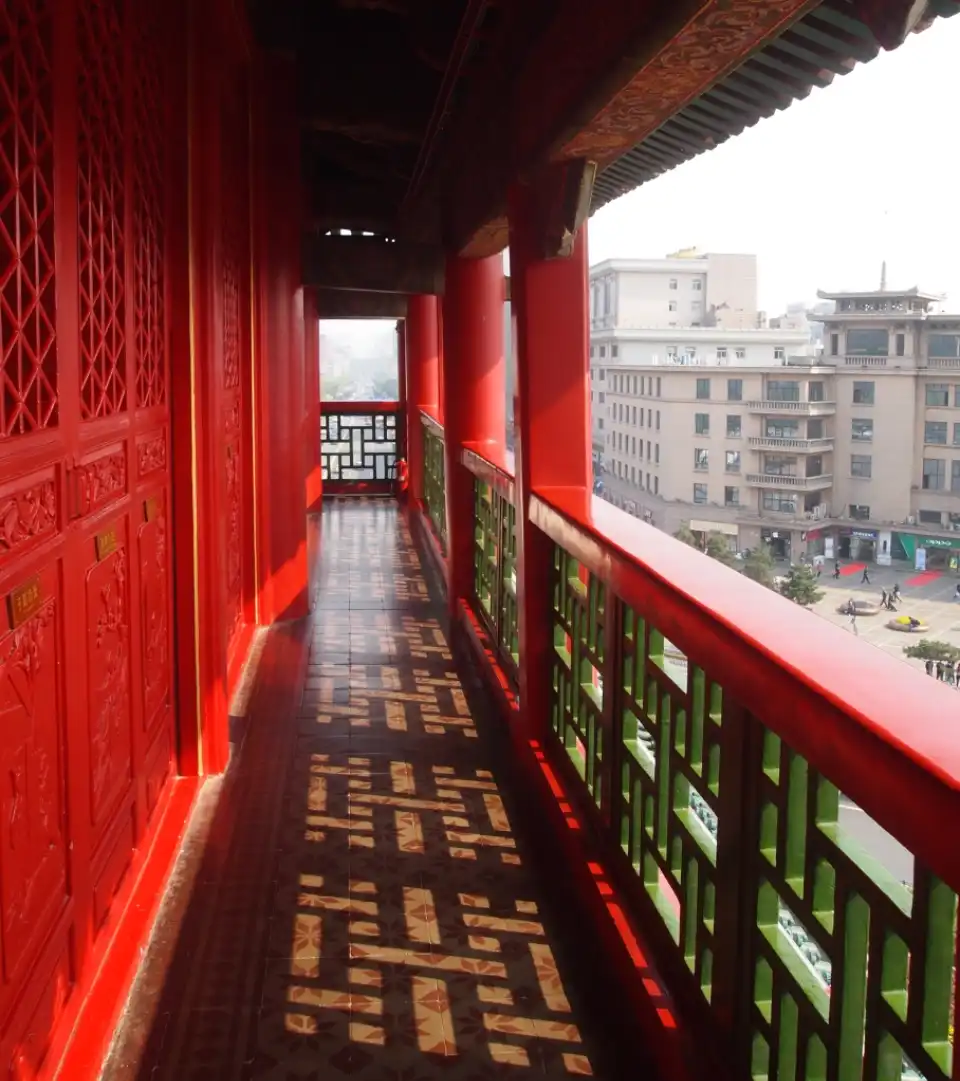
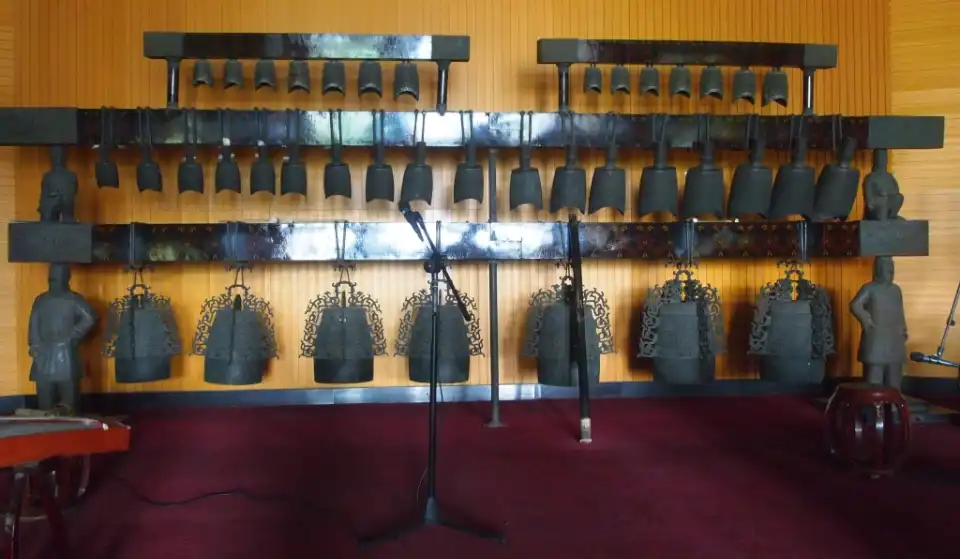

Legend has it that the Guanzhong area experienced earthquakes during the Ming Dynasty. Many citizens were injured and they had found the reason for these frequent earthquakes. It was the dragon in the river flowing across the center of Xian city. To lock the dragon, the Bell Tower was built by the government. One of the officials believed this tower could suppress the dragon firmly and bring happiness to the city. And just as he thought, the earthquake did not occur in Xian again.
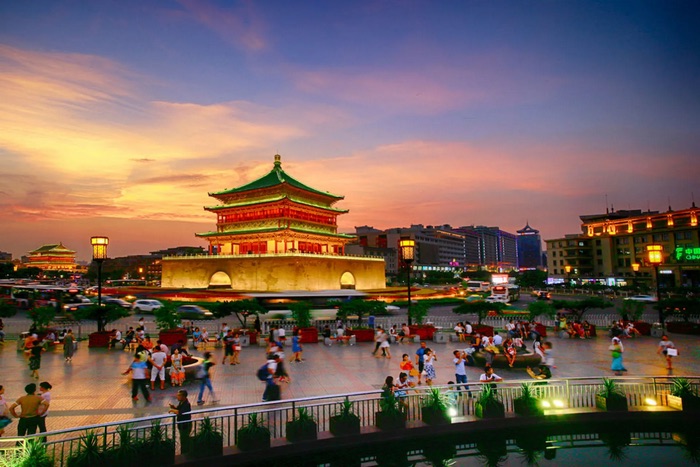
In fact, in ancient times, the bell tower became one of the castles with strategic military significance. In addition to building walls around the city, digging moats, and setting drawbridges, it also accompanied the bell tower in the city center as a command center. At peacetime, it was used for reporting time, and so could the drawbridge opening and closing on time. At the state of siege, it was used as a city defense command.
Huaqing Palace
Huaqing Palace is the model of the royal garden in Shaanxi Province. In 1982, it was listed as the first batch of China’s key scenic spot. In 1996, the State Council announced that Huaqing Hot Spring was the fourth group of key sites for units of cultural relics protection in China. Huaqing Palace, the Summer Palace, Yuanmingyuan Garden, and Chengde Mountain Resort are also known as the four royal gardens of China.
Huaqing Palace is a natural spring at the foot of Mt Lishan in Lintong District, about 30 kilometers (18.6 miles) from Xi’an, Shaanxi Province. This hot spring is known as China’s famous hot spring resort. Huaqing Hot Spring has 6,000 years of history of hot spring use and 3,000 years of history of royal garden architecture.
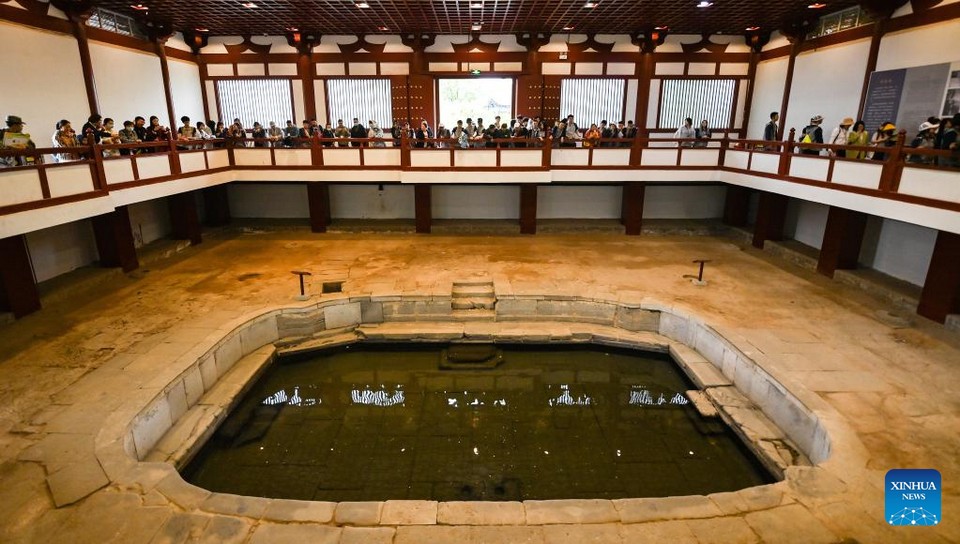
The thermal spring water is not only suitable for taking a bath or shower but also for a particular treatment of dermatosis, rheumatism arthritis, and muscular pain. The bath building covers an area of about 3,000 square meters and has over 100 bath pools various of shapes. The big bath building can serve nearly 400 people at the same time.
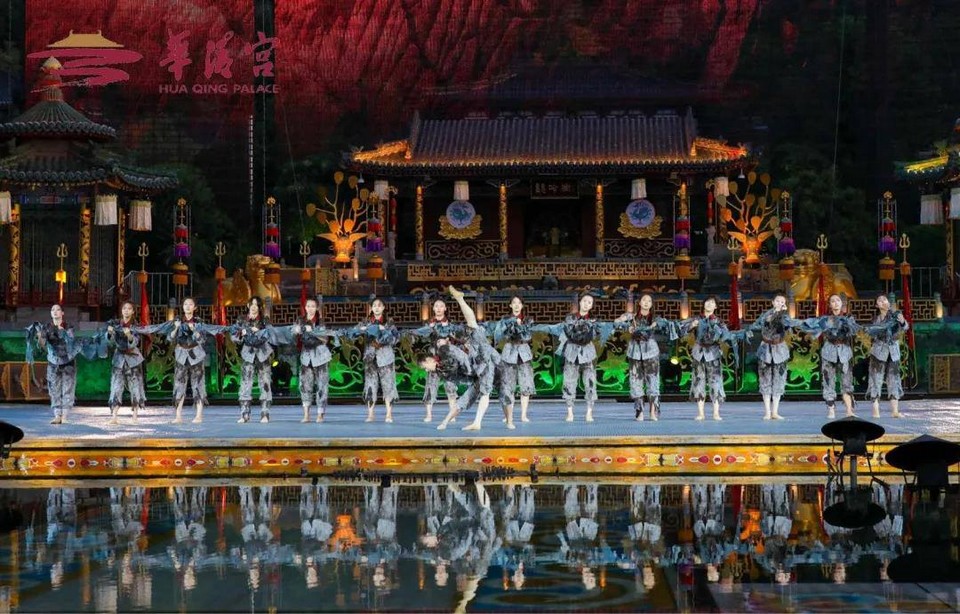
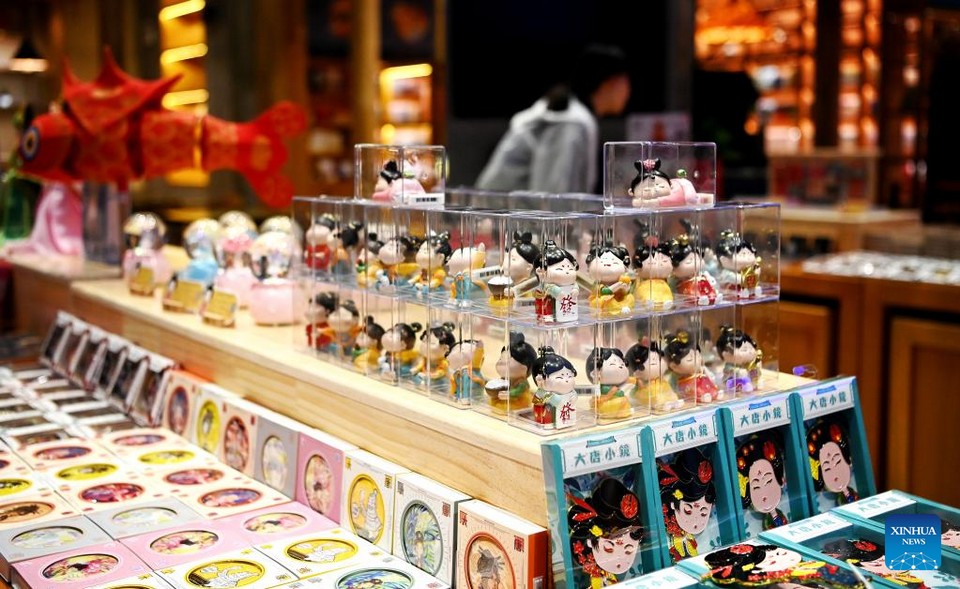
Visit Huaqing Palace, in addition to the hot spring bathing area, you can visit the Tang Dynasty-style royal Furong Garden, the wall of books engraved with the poem Song of Regret, or enjoy royal soups such as lotus soup, Hitom soup, prince soup, etc. In addition, you can also visit Kowloon Lake, the five-room hall, or enjoy the royal music of the Tang Dynasty.
Muslim Quarter
The Muslim Quarter in Xian downtown is a block consisting of a couple of streets over 1,000 years old. It is very famous for its abundant delicious local Xian snacks and rich culture of ancient immigration. Being a symbolic site of Xi’an flavor, this street is well-known for its nearly 300 sorts of food sold here, which attracts several foodies to please both their noses and taste buds. You can sample specialties such as dumplings, grilled beef, grilled fish, kebabs, pancakes, and steamed mutton. Therefore, this place is known as “a street for gourmets”.
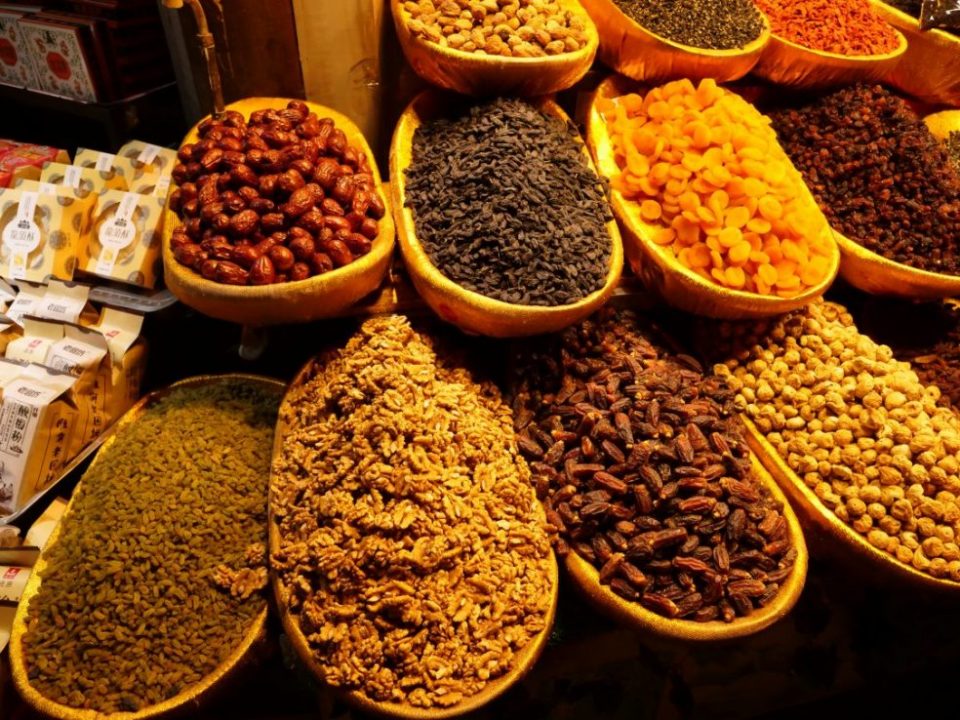
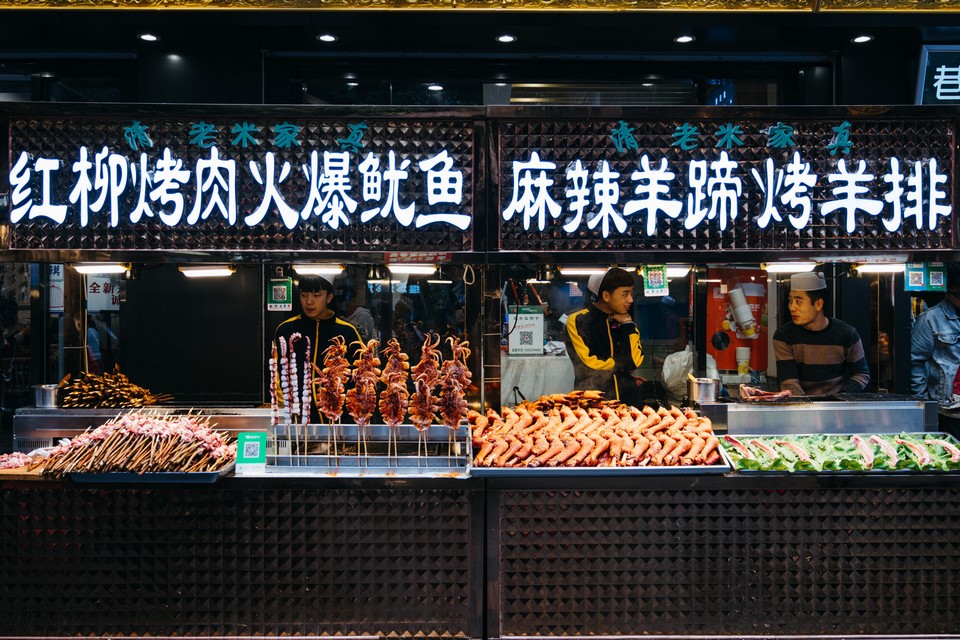
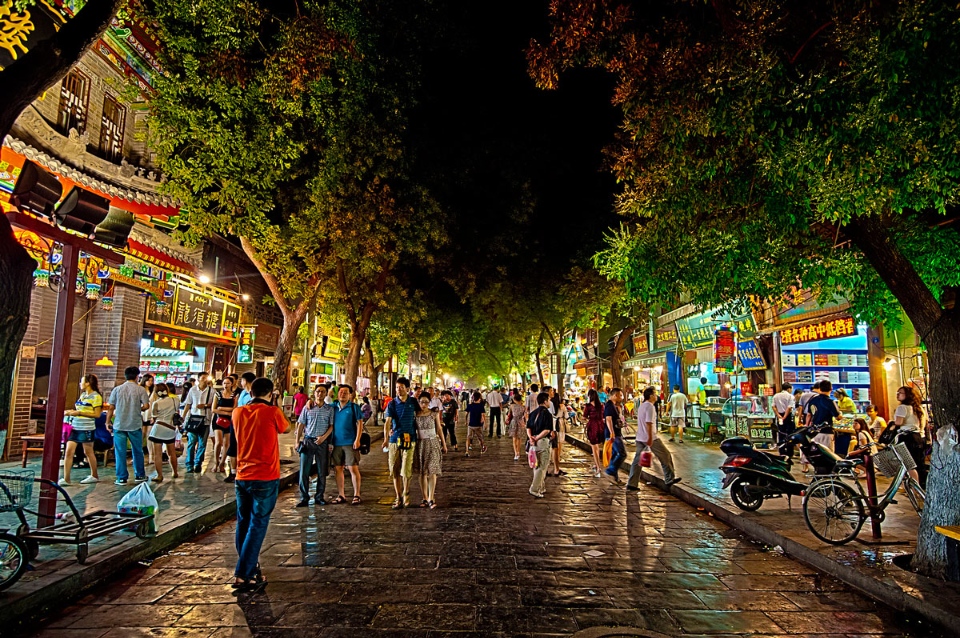
Muslim Quarter is always swarming with people in the daytime. However, the bustle remains at night when local citizens come out to find some real food with all kinds of cakes, dried fruits, candied fruits, and snacks. Behind, local snack restaurants are also filled with customers both inside and outside. Smoke from lamb Kebobs and boiled meat skewers wafted, blending right under the bright light, filling the entire street. When it comes night, the whole street is wreathed with a strong life atmosphere, fewer tourists amid night erase an intensely commercial feeling while those stands and restaurants still open up, with soft light casting on the stone path, which looks different from the appearance of daytime.
Huashan Mountain
Also known as the Great Western Mountain, Huashan is one of the five famous sacred mountains and the birthplace of Chinese civilization. This mountain is celebrated for its majestic breathtaking crags, steep paths, and beautiful scenery and it is said to be the most precipitous mountain in the world. Mt. Huashan is huge complete granite. Its history can be traced back 120 million years before.

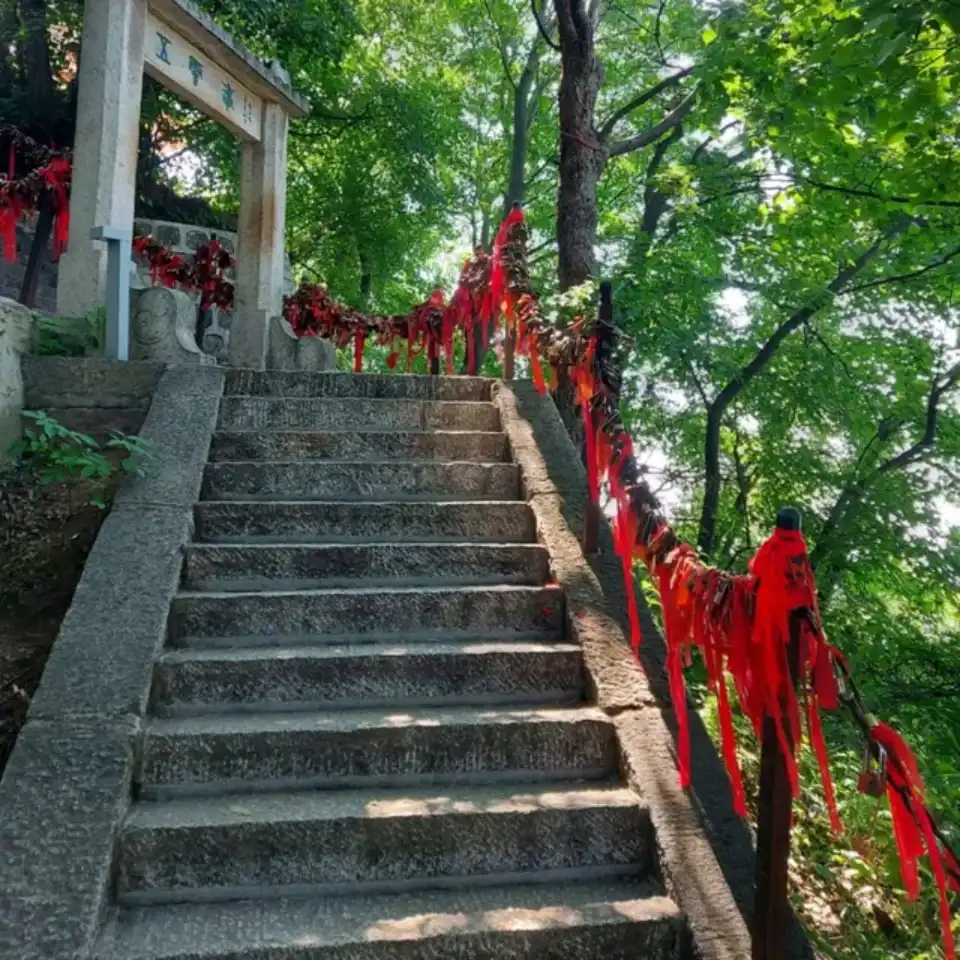
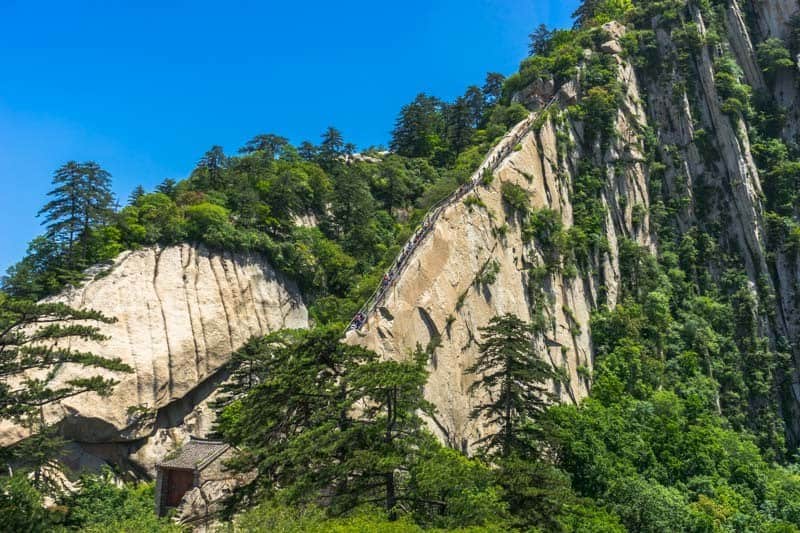
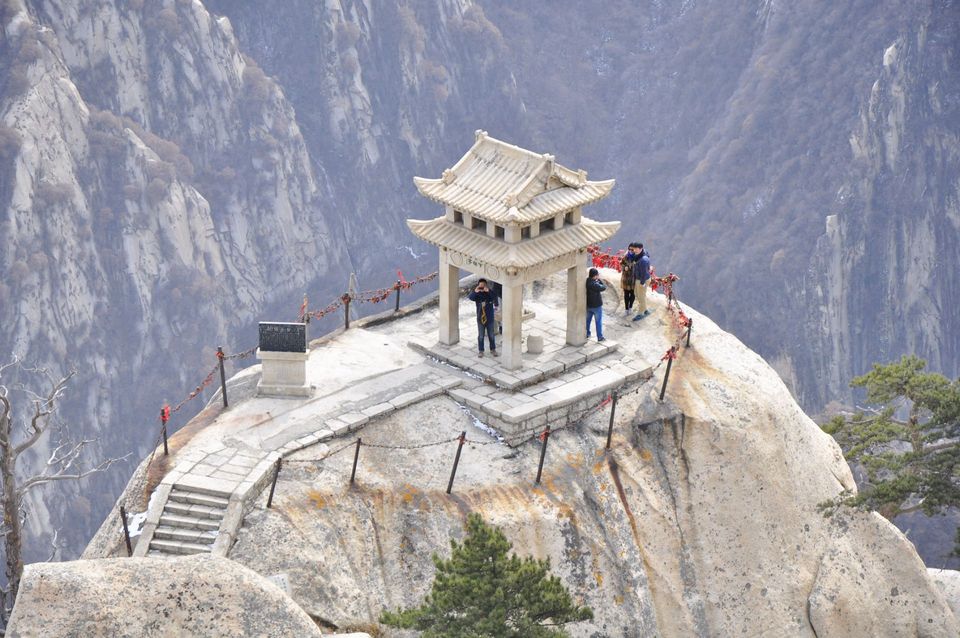
Known as the “Number One Precipitous Mountain under Heaven”, Huashan is one of China’s five sacred Taoist mountains and has a long history of religious significance. The mountain has five main peaks, the highest of which is the southern peak at an elevation of 2,160 meters. This is where Laozi Peak is located, which is said to contain alchemy and the eight trigrams tank, associated with the legend of Lao Tzu. The South Peak is also home to the most dangerous hiking trail in the world. On the south peak, a golden temple was built during the Ming Dynasty, also known as Baidi Temple to worship the god Huashan.
Knowing so many things about Xian from the must-visit places as above, you can enjoy this city, and make your trip more memorable. So it would be better to travel to this city.
Some best day tours, trips, activities and transfer services, tickets in, from and to Xian you can refer to
- Xi’an Highlights Day Tour
- Cultural Xi’an One Day Tour
- Xi’an Ancient Chinese Culture Day Tour with Banpo Neolithic Village, Museum of Terracotta Warriors and Horses, and More
- One-day Huashan Adventure Tour (upper and lower from the West Peak) – Chinese commentary (departures every day)
- Cultural Xi’an One Day Tour
- Xi’an Popular Attractions Private Charter
- Xi’an Terracotta Warriors Half Day Tour
- Morning Food & Market Tour
- Terracotta Army Ticket Xi’an
- Classic Xi’an 2 Day Private Tour
- Xi’an City Life Half Day Tour
- Private Xi’an North Railway Station Transfers for Xi’an
- Xi’an Terracotta Army Half-Day Tour
- Han Yang Ling Museum Ticket Xi’an
- Hukou Waterfall Park Ticket (Near Xi’an)
- Dream Back to Tang Dynasty Dance Show Ticket Xi’an
- Xian Qinling Wildlife Park Admission Ticket
- Cuihua Mountain National Geo-Park Admission Ticket
- Shaanxi History Museum Xi’an Admission Ticket
- Qujiang Hanyao Heritage Park Admission Ticket
- Qianling Mausoleum Ticket Xi’an
Check out more China guide here. An Xian travel guide here.































![10 best airports in Asia in 2016 [RANKED] kuala-lumpur-international-airport-best airports in asia in 2016 by skytrax ratings](https://livingnomads.com/wp-content/uploads/2016/08/29/kuala-lumpur-international-airport-best-airports-in-asia-in-2016-by-skytrax-ratings-218x150.jpg)








